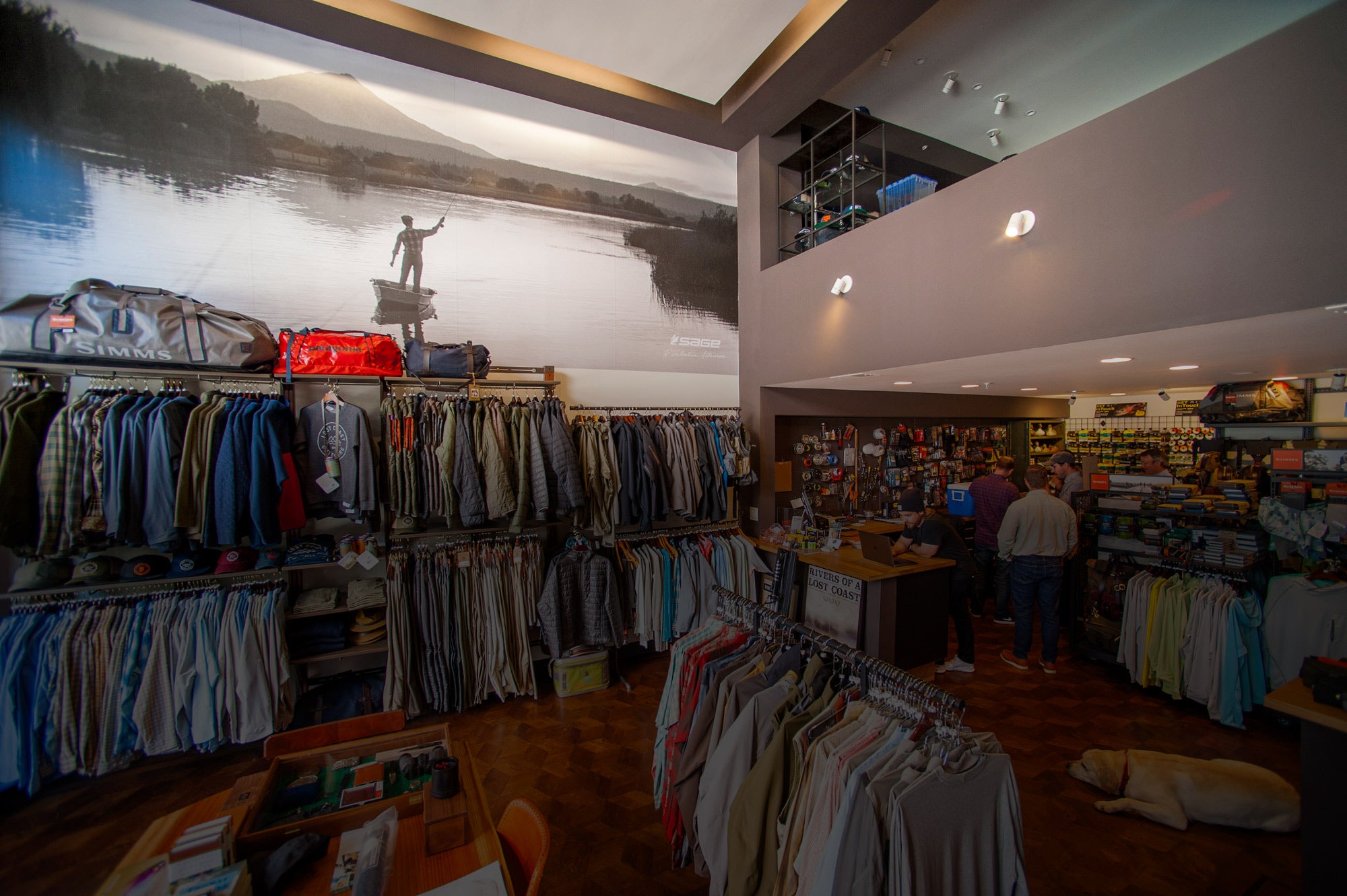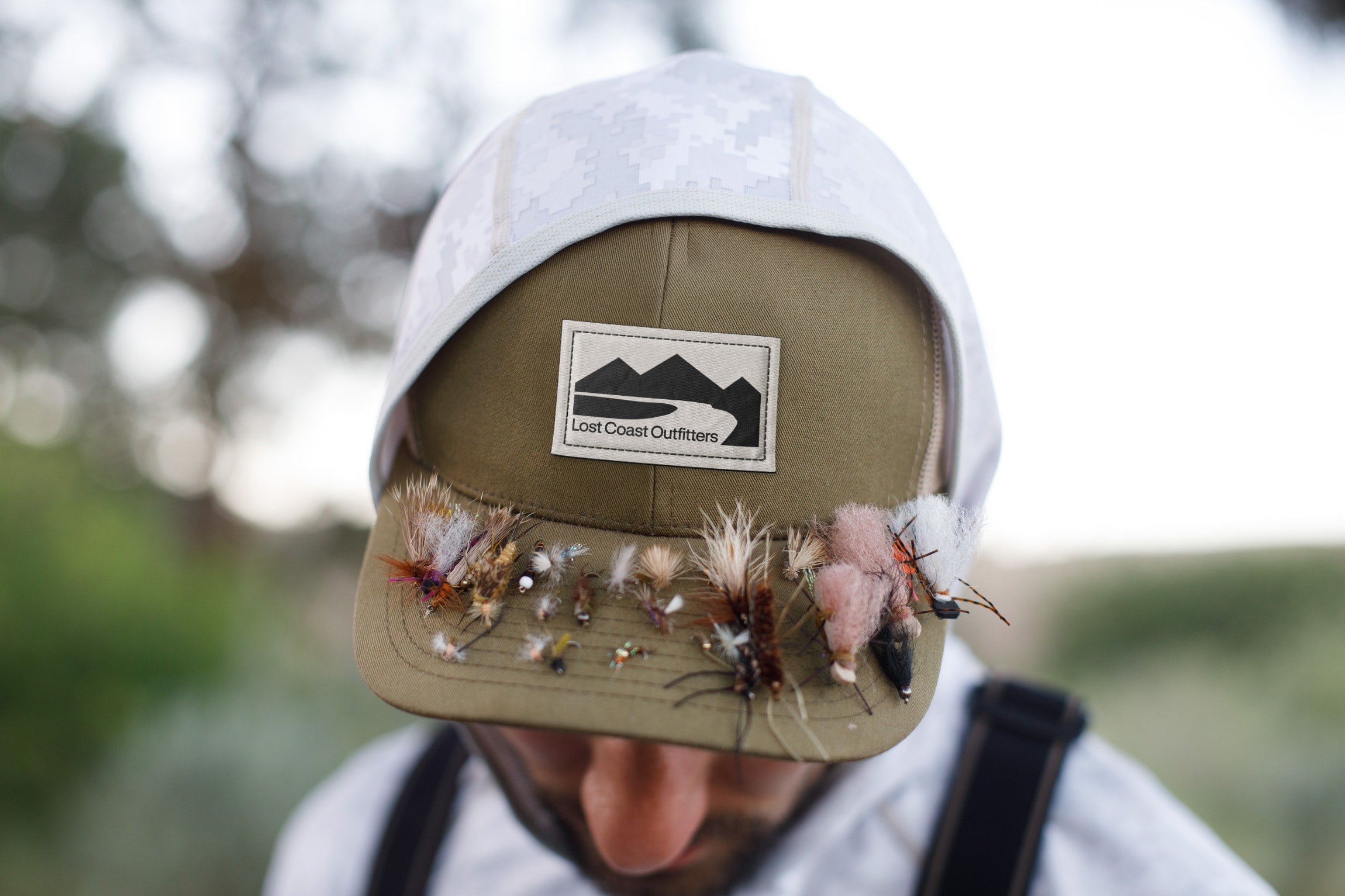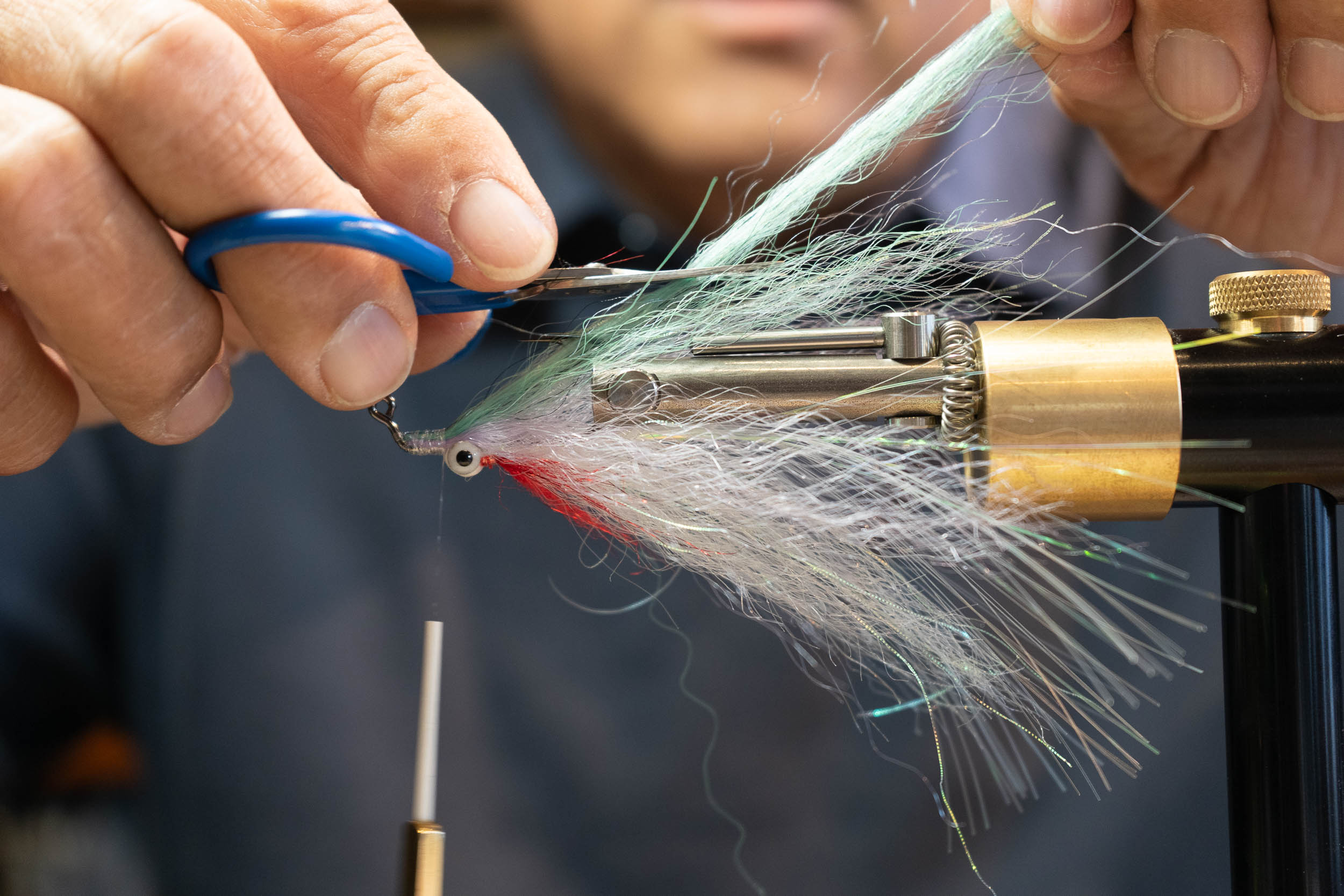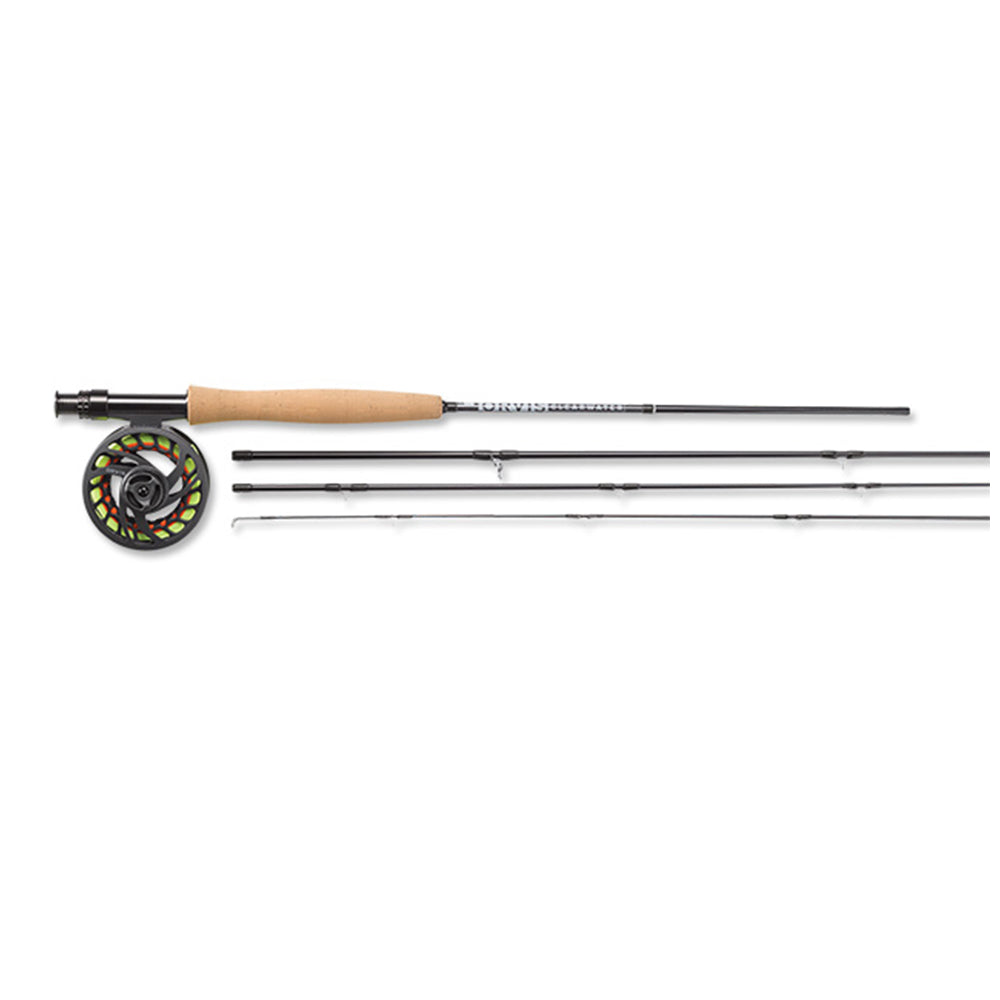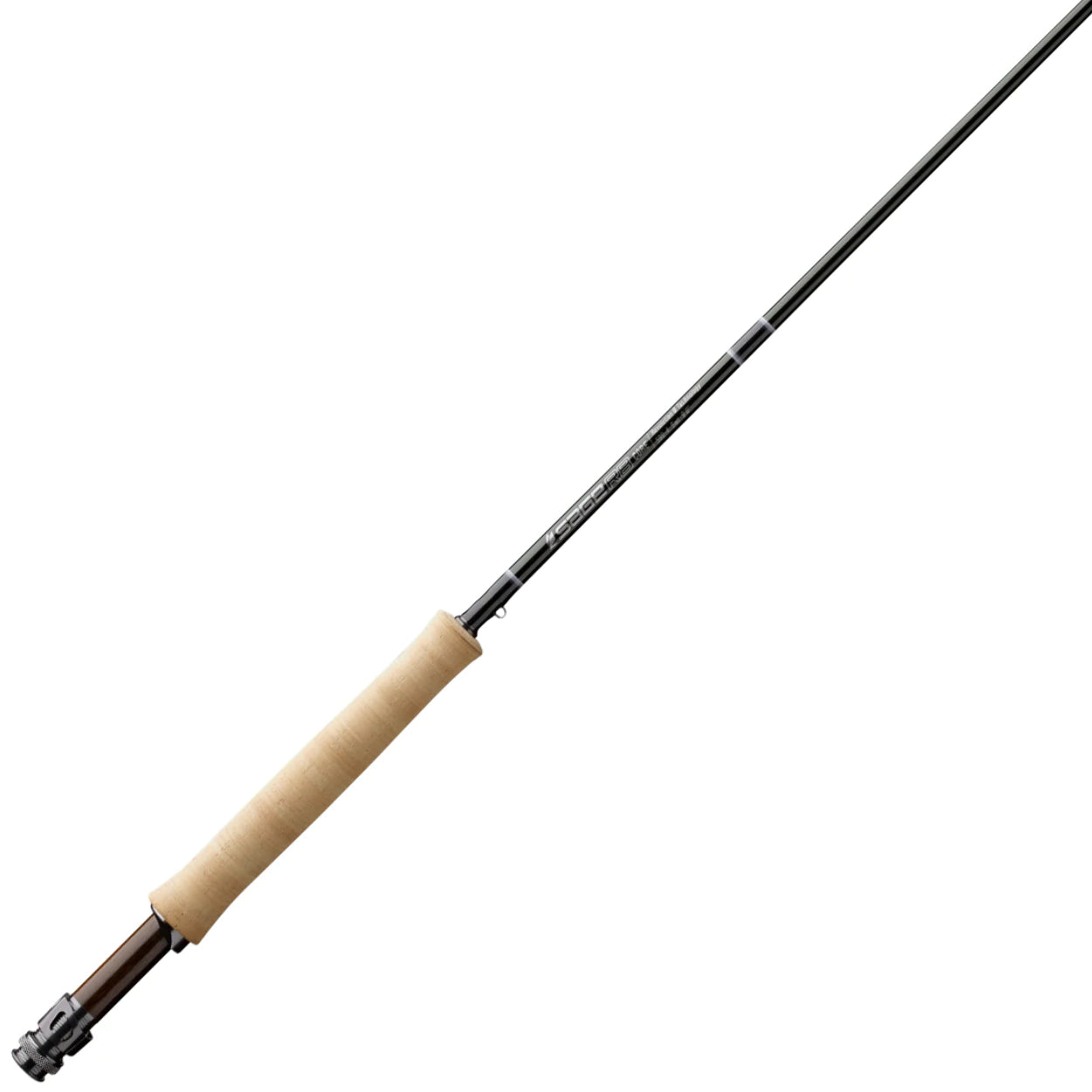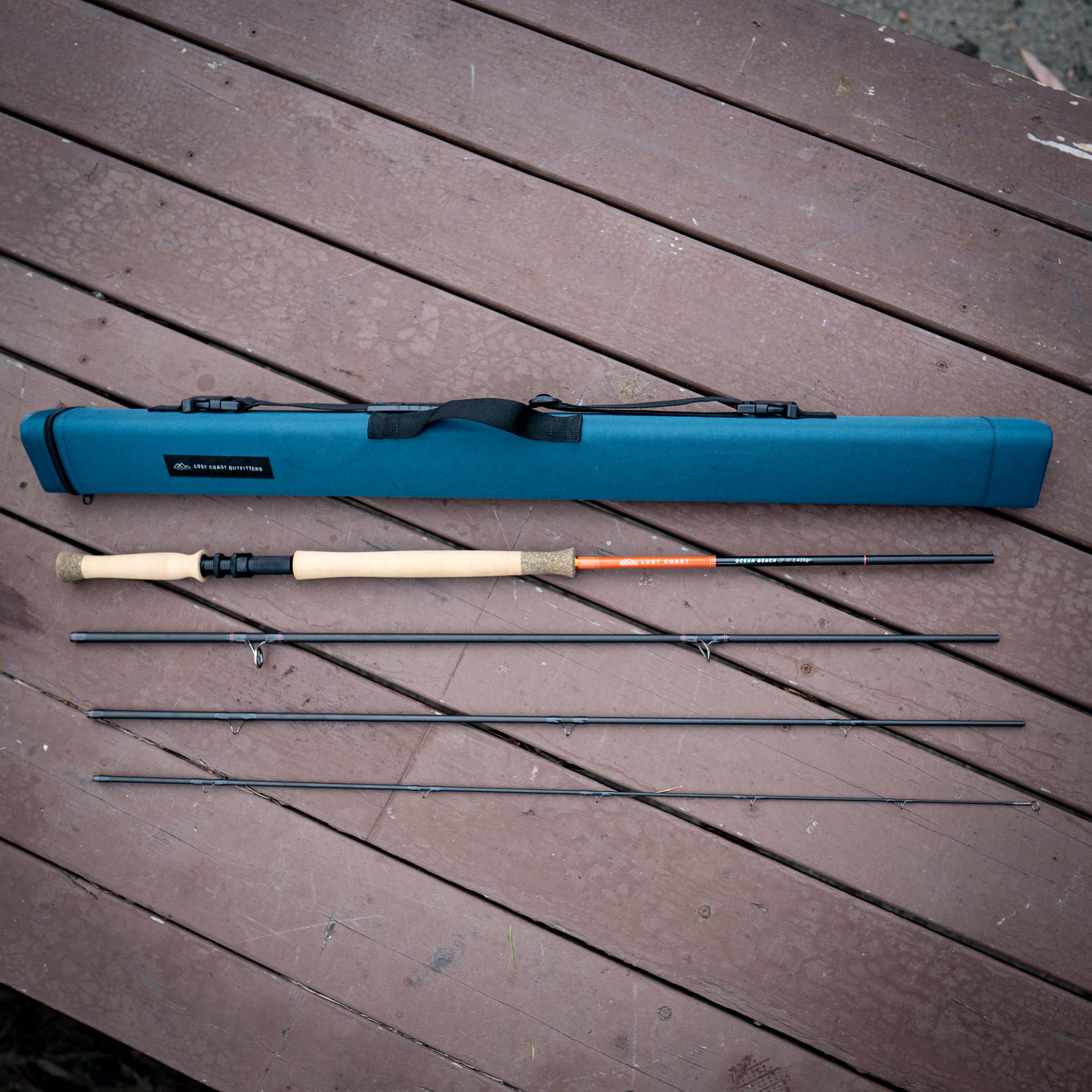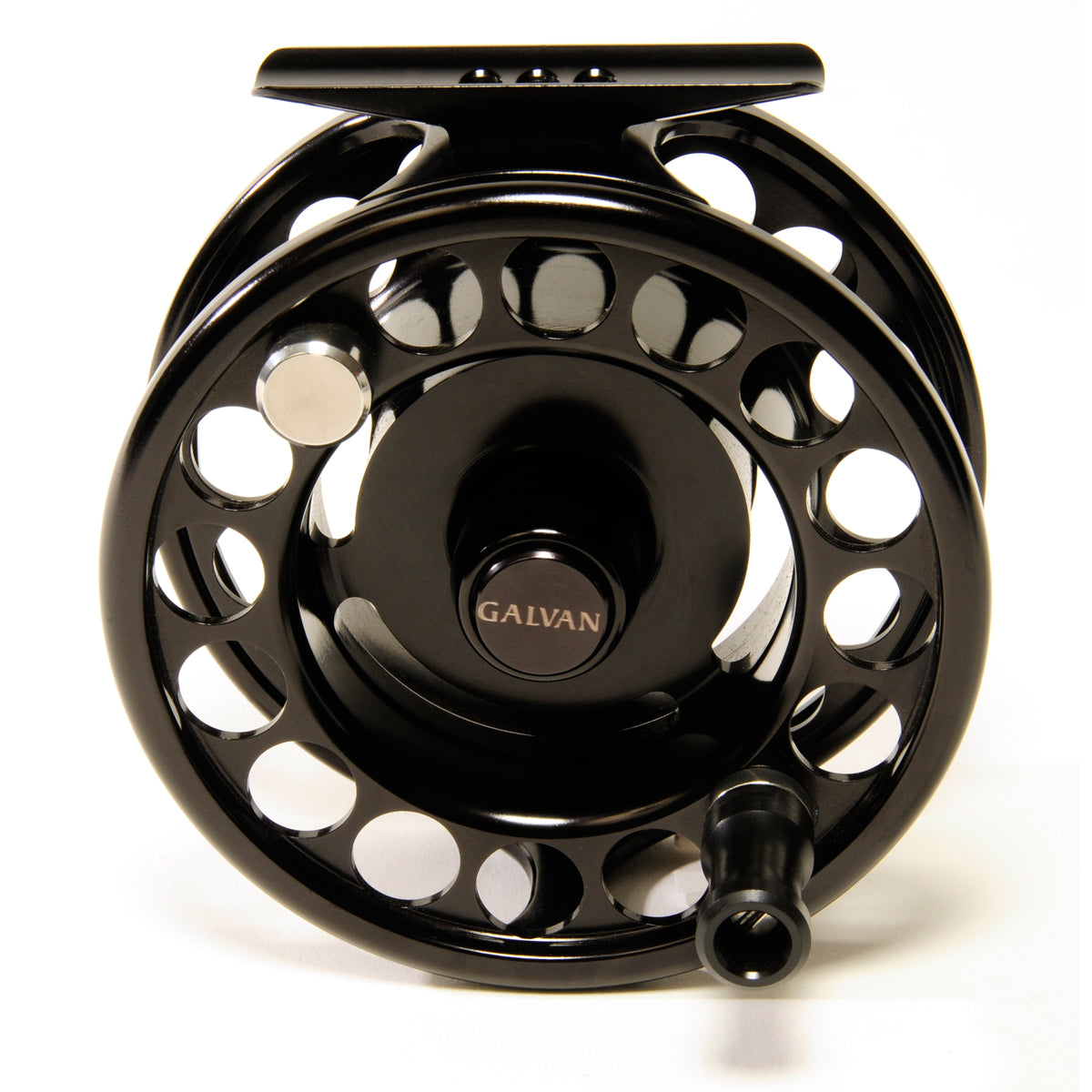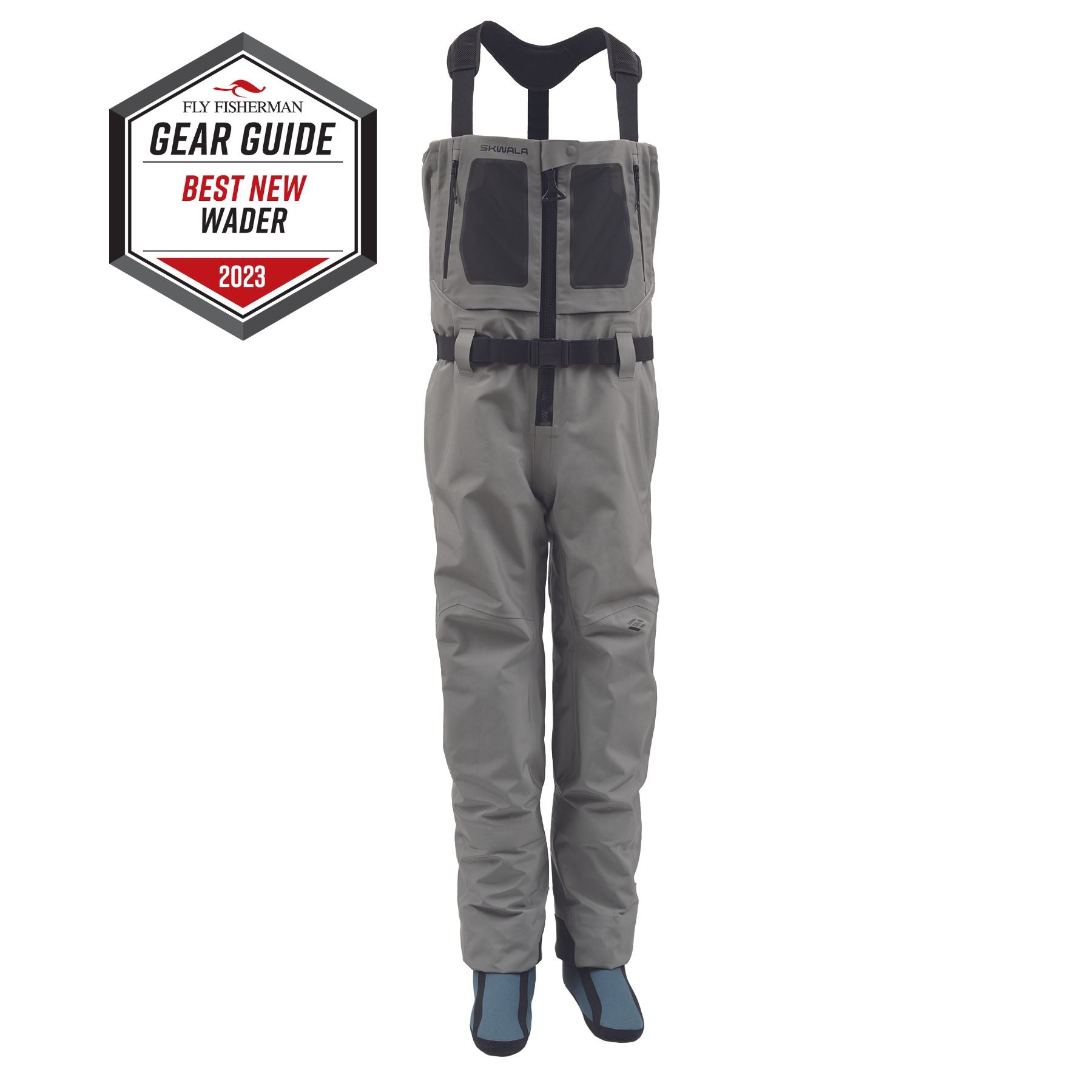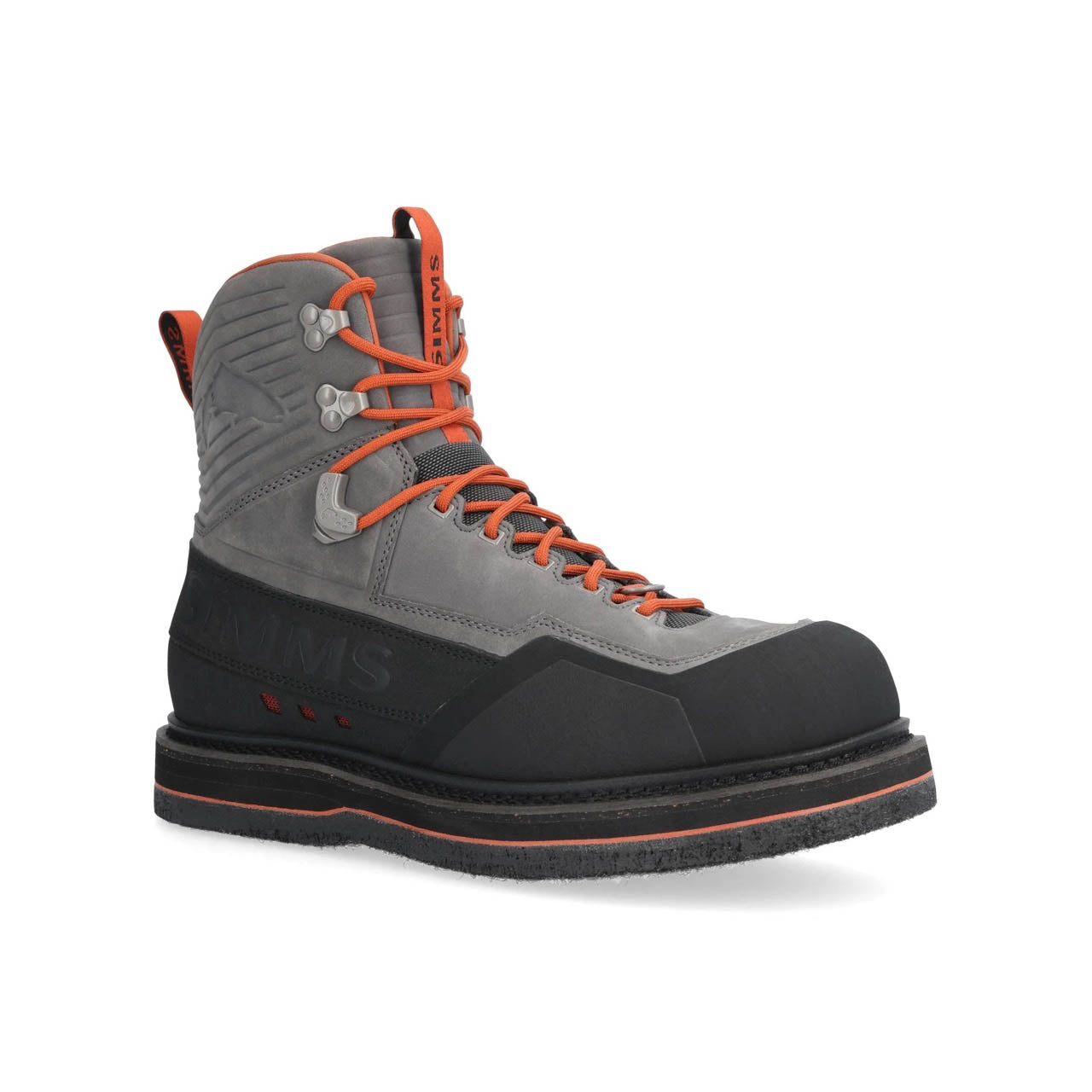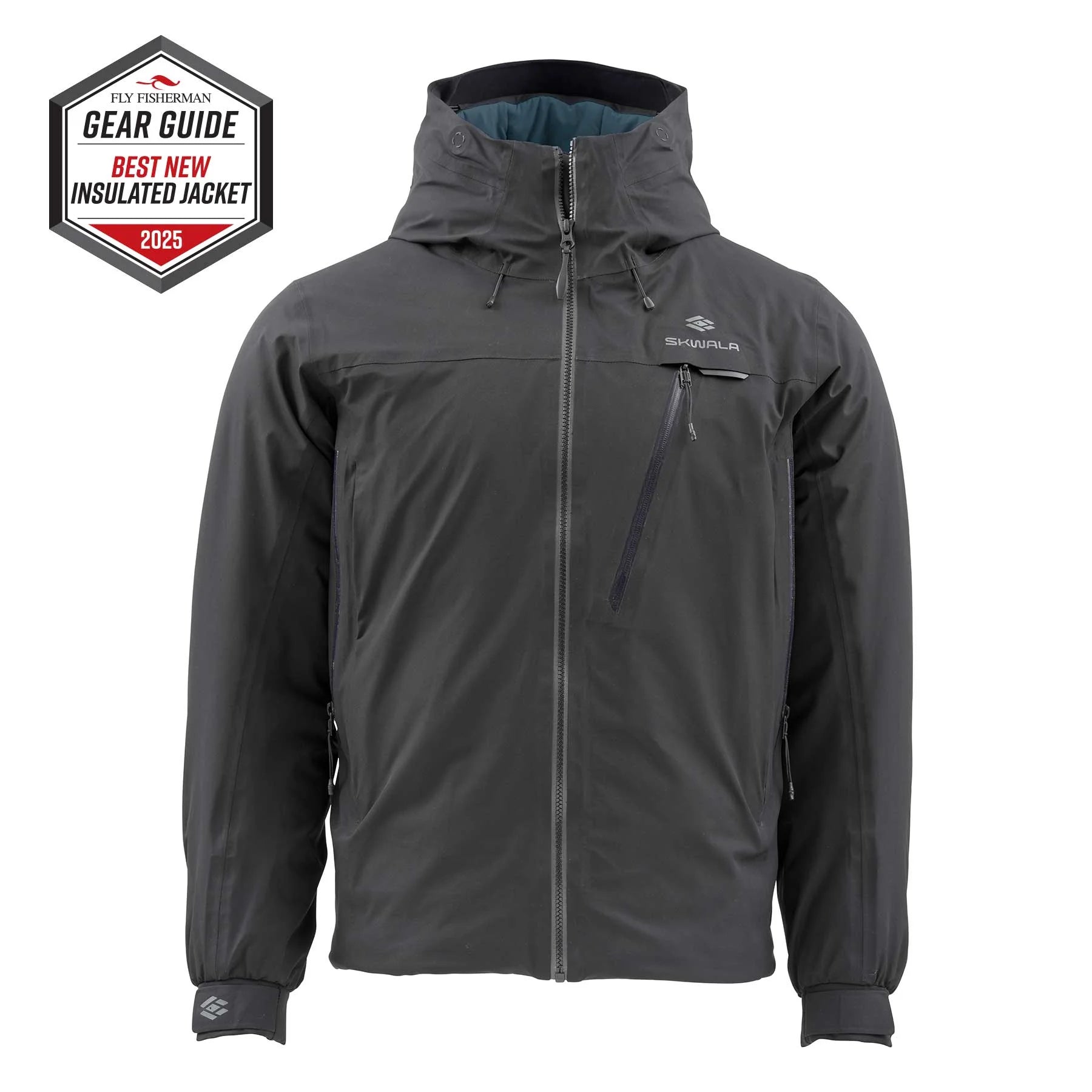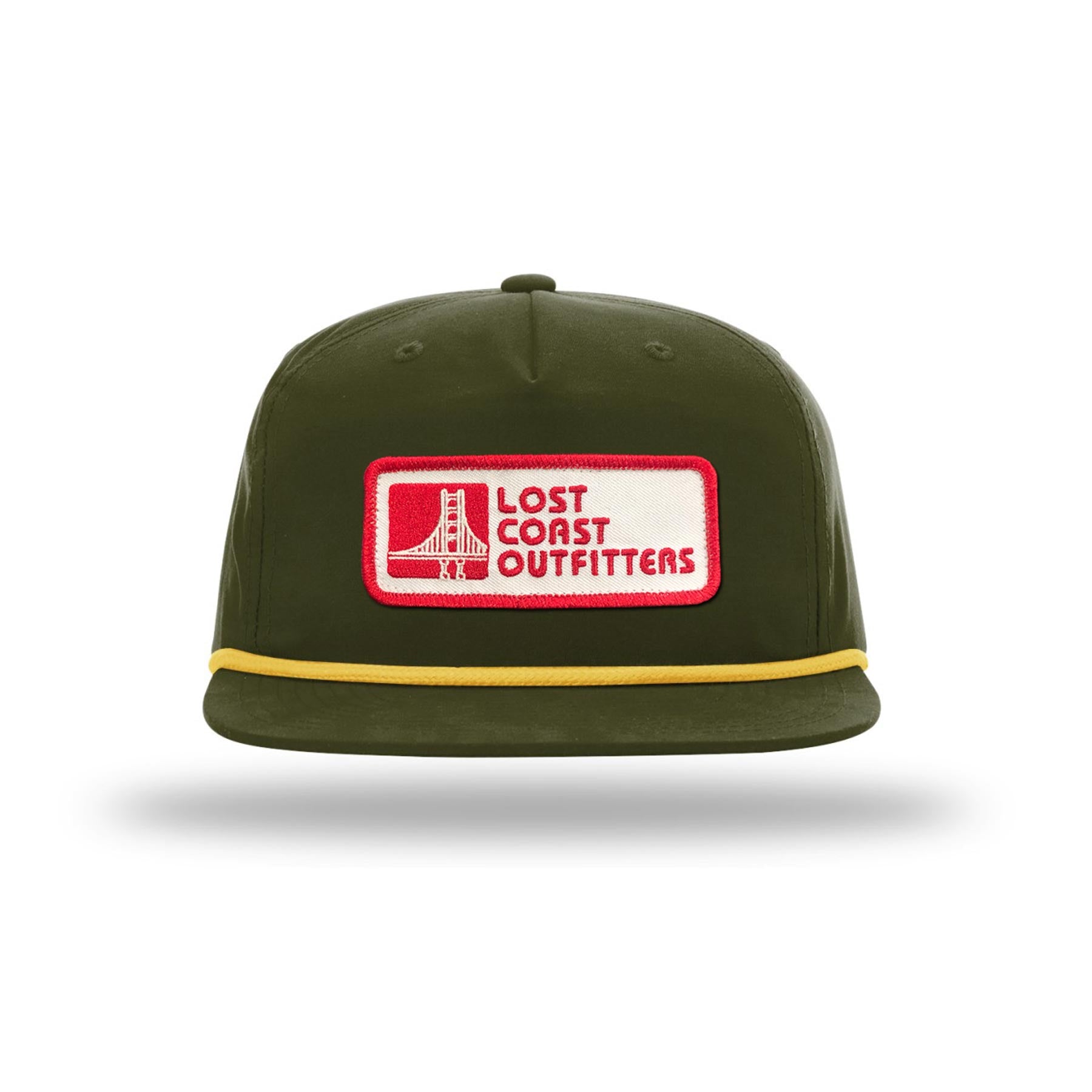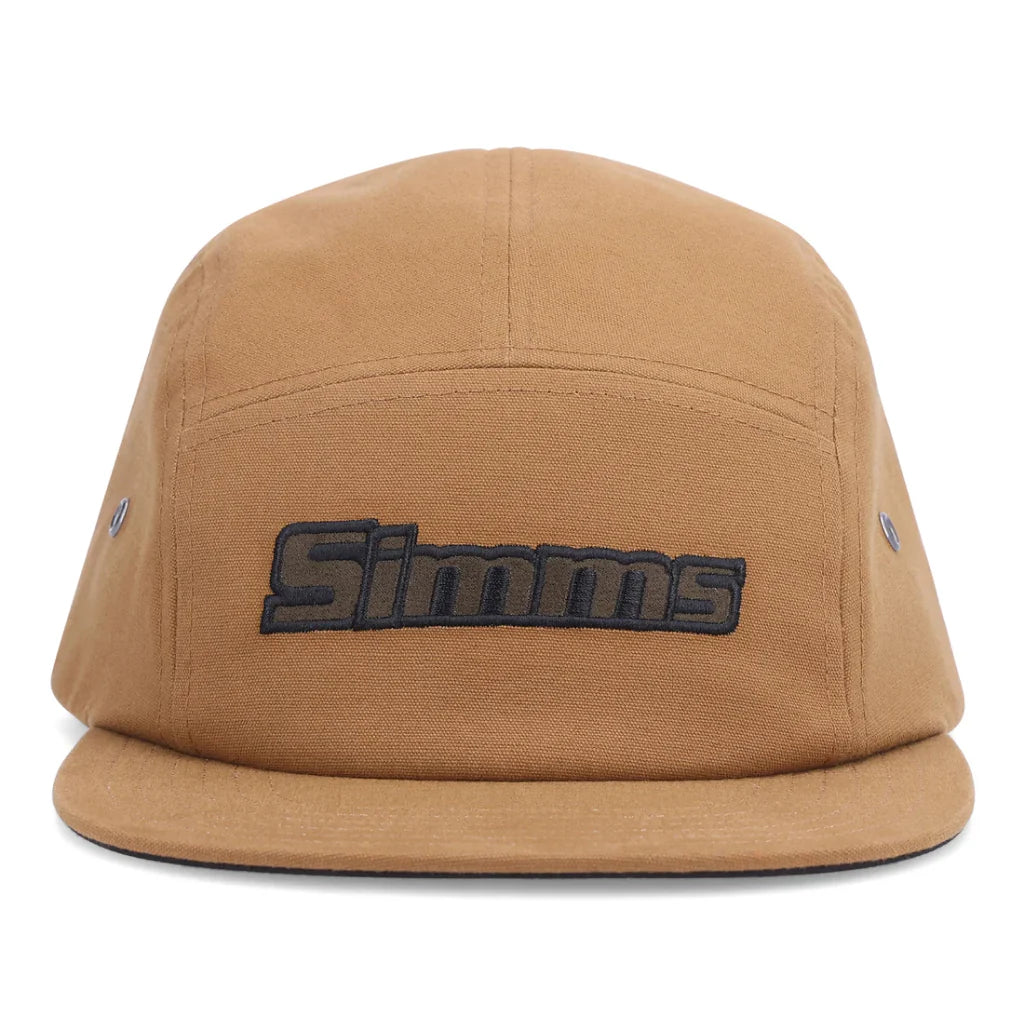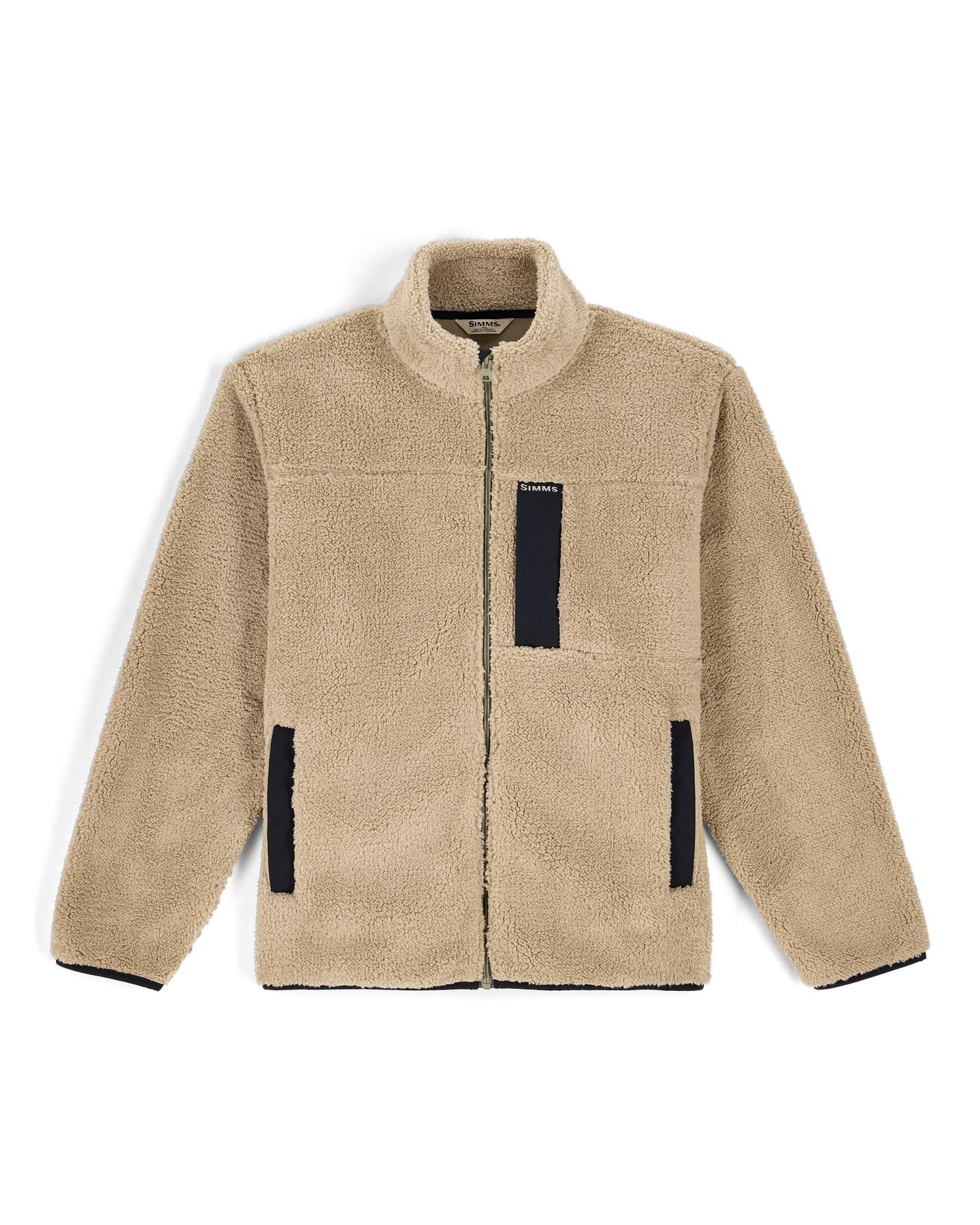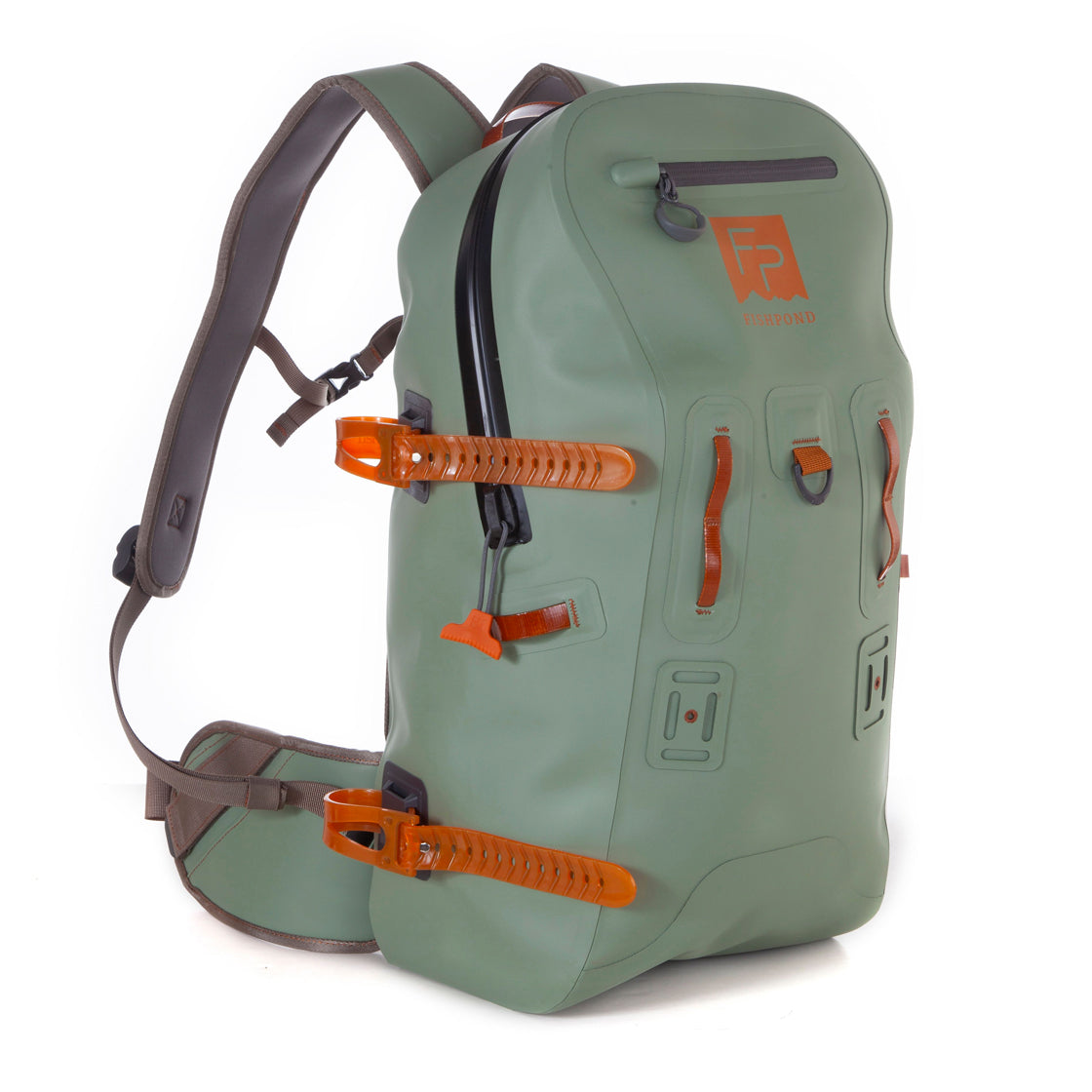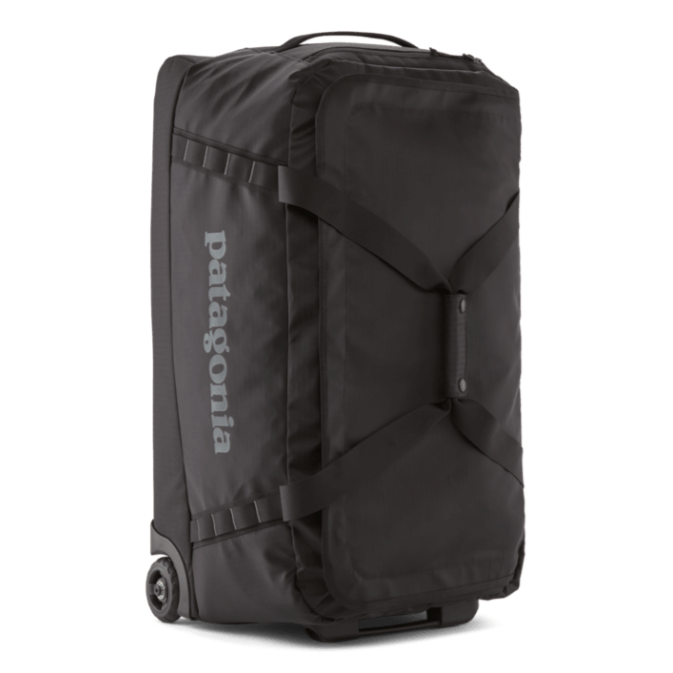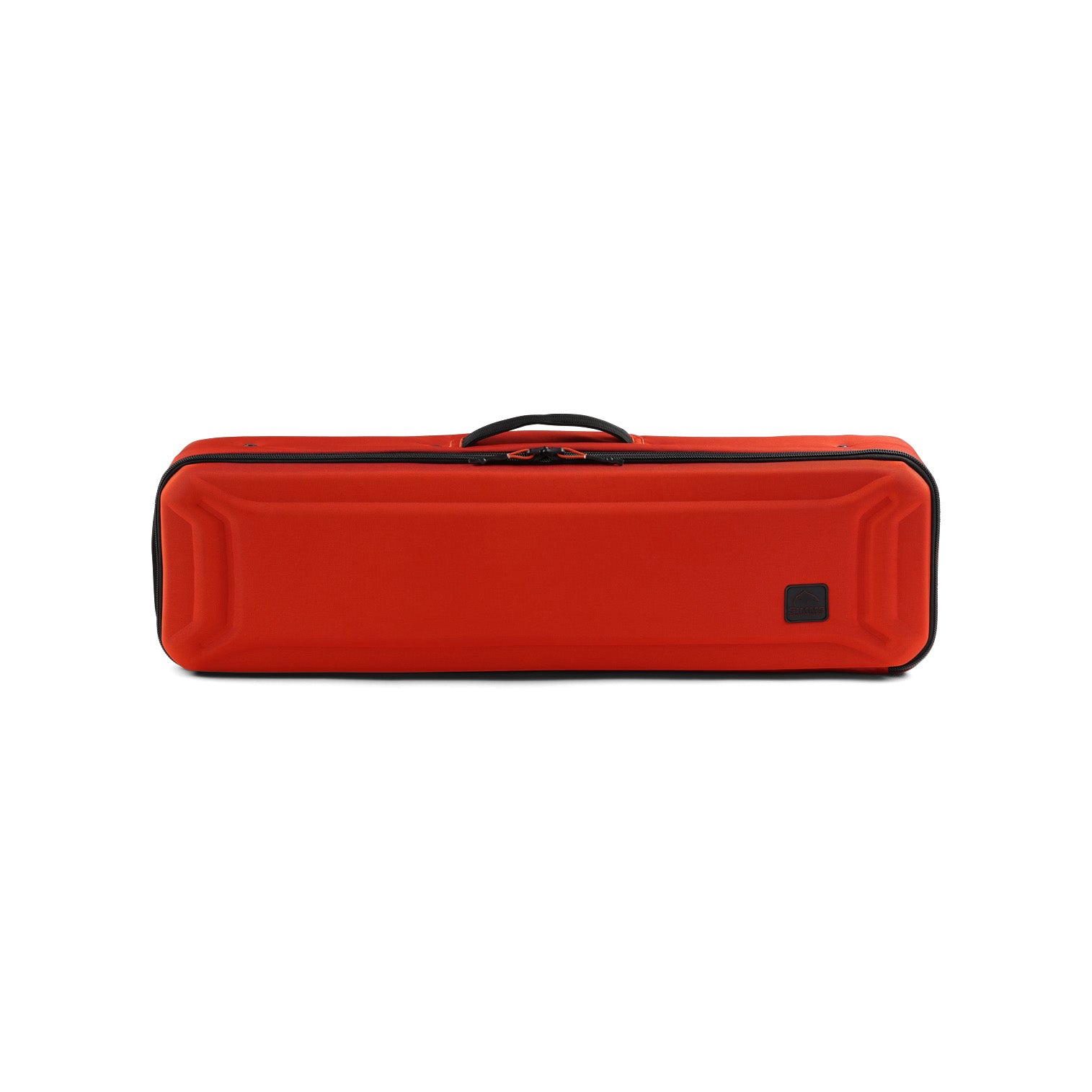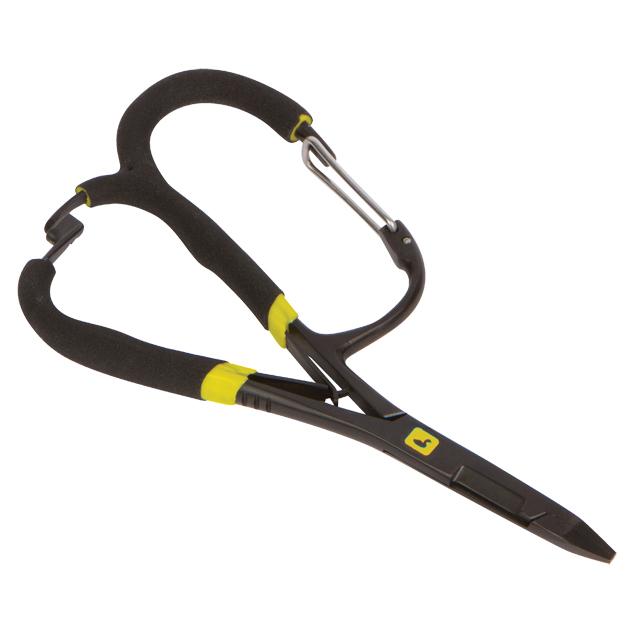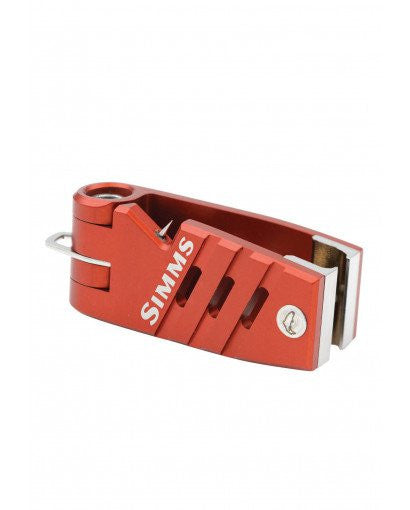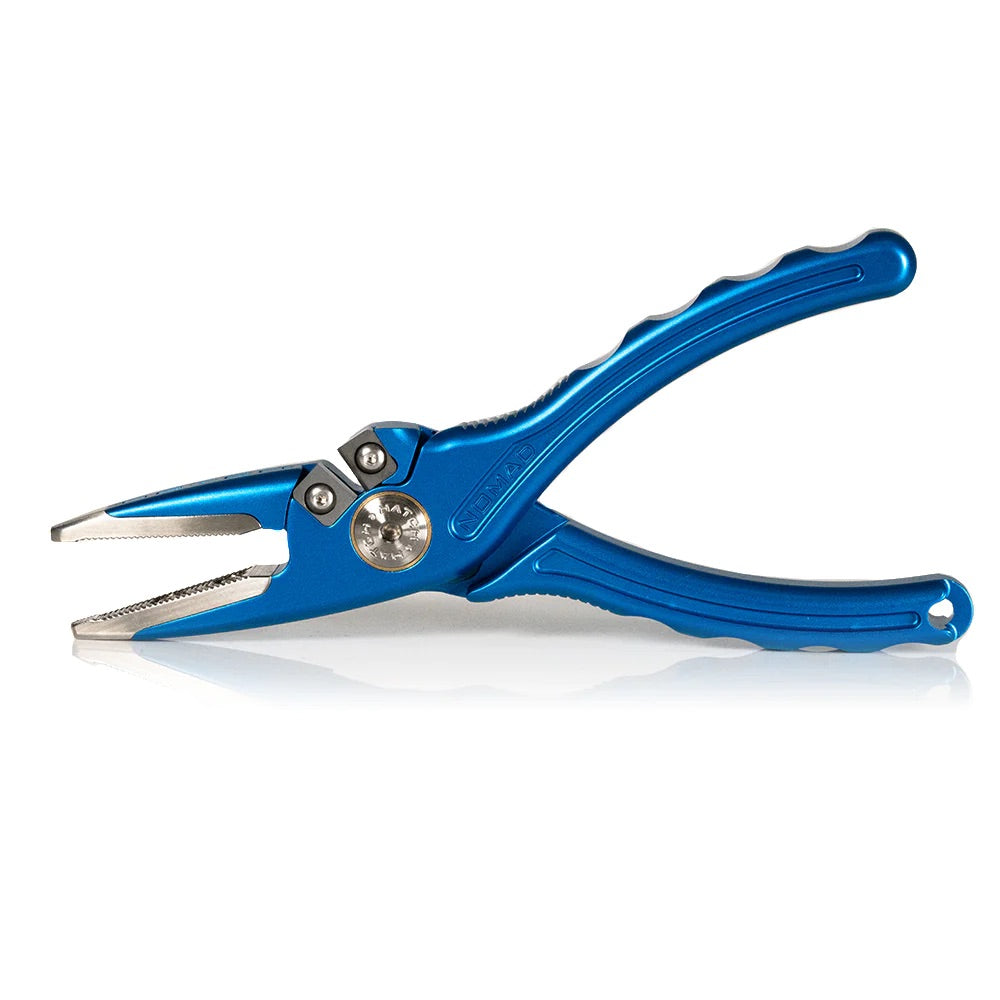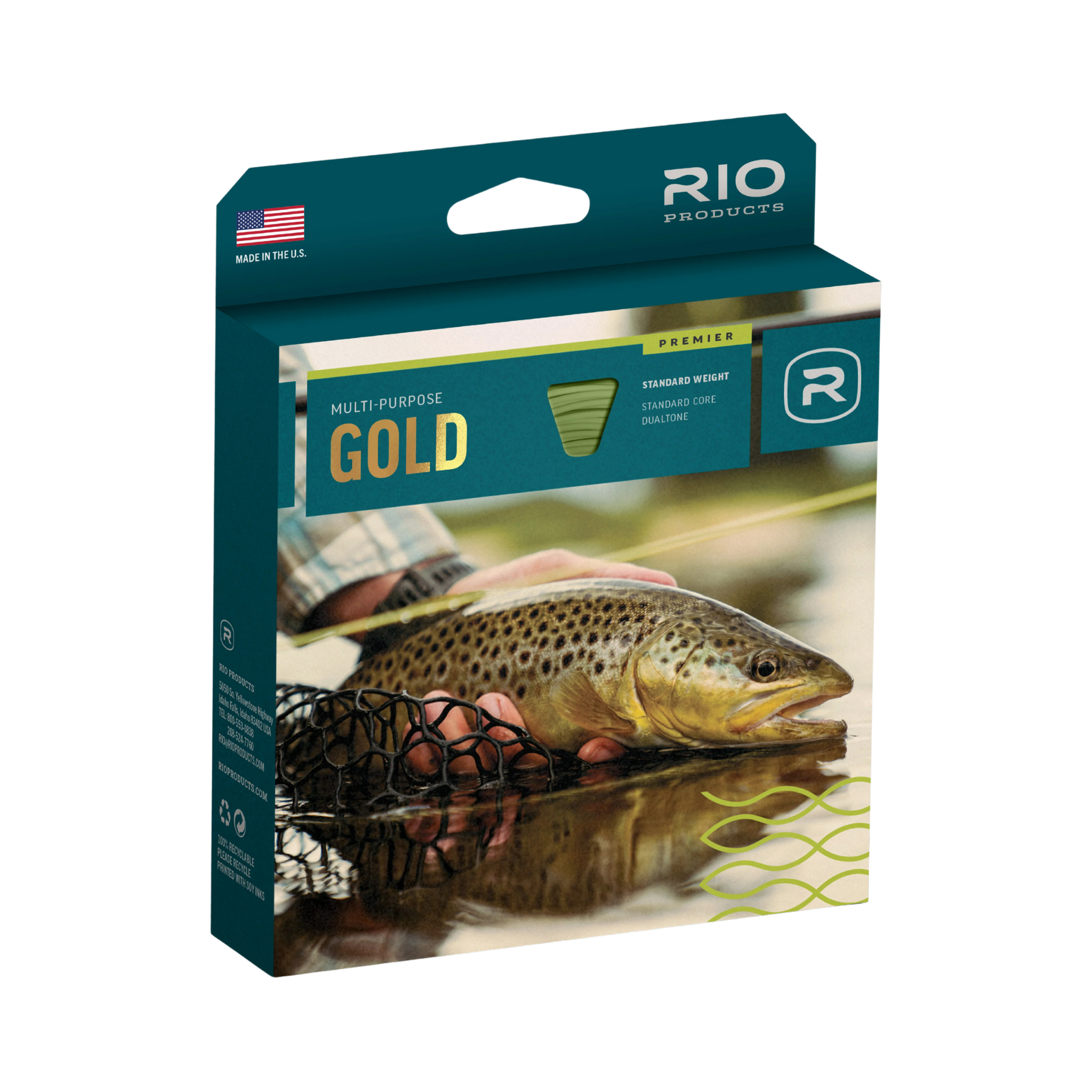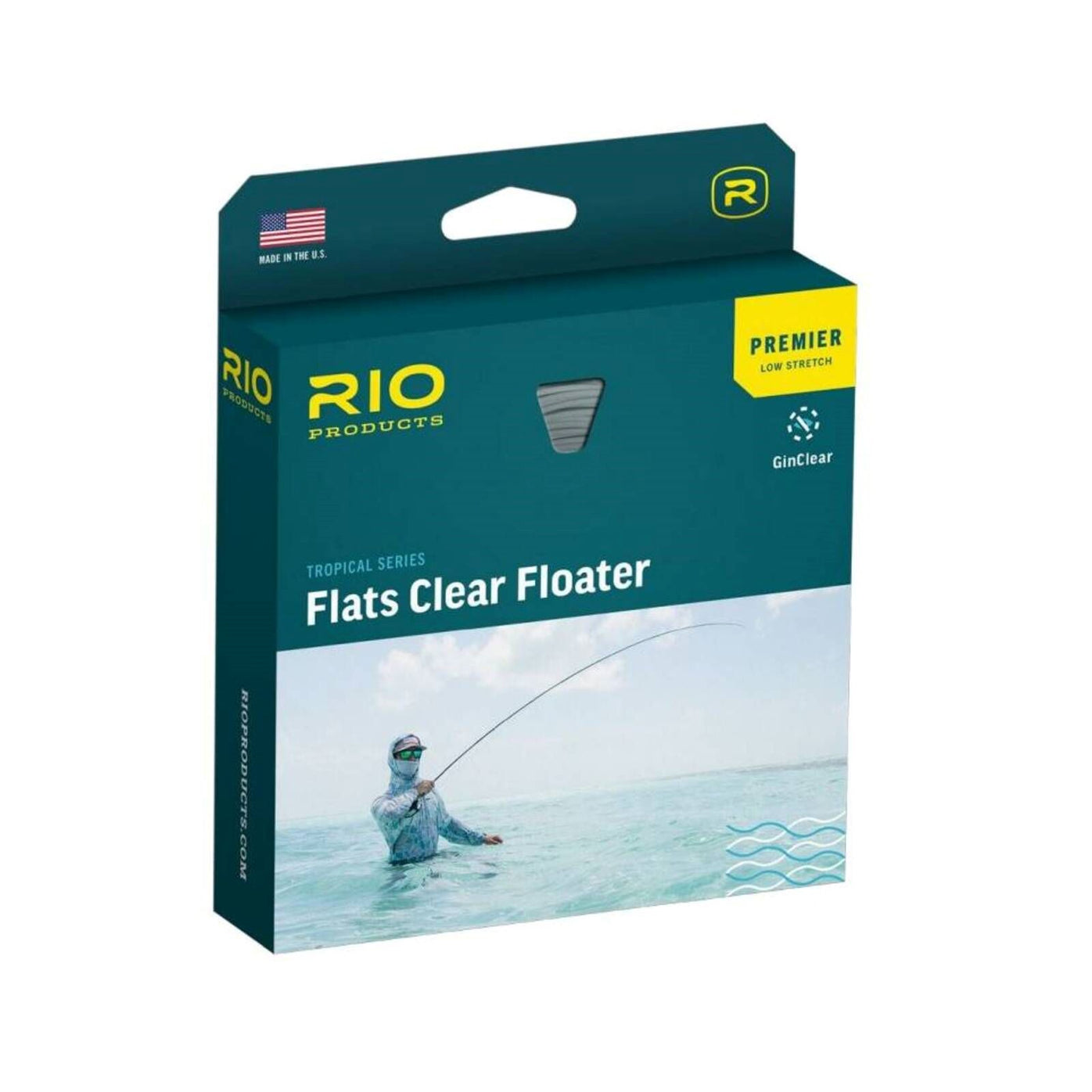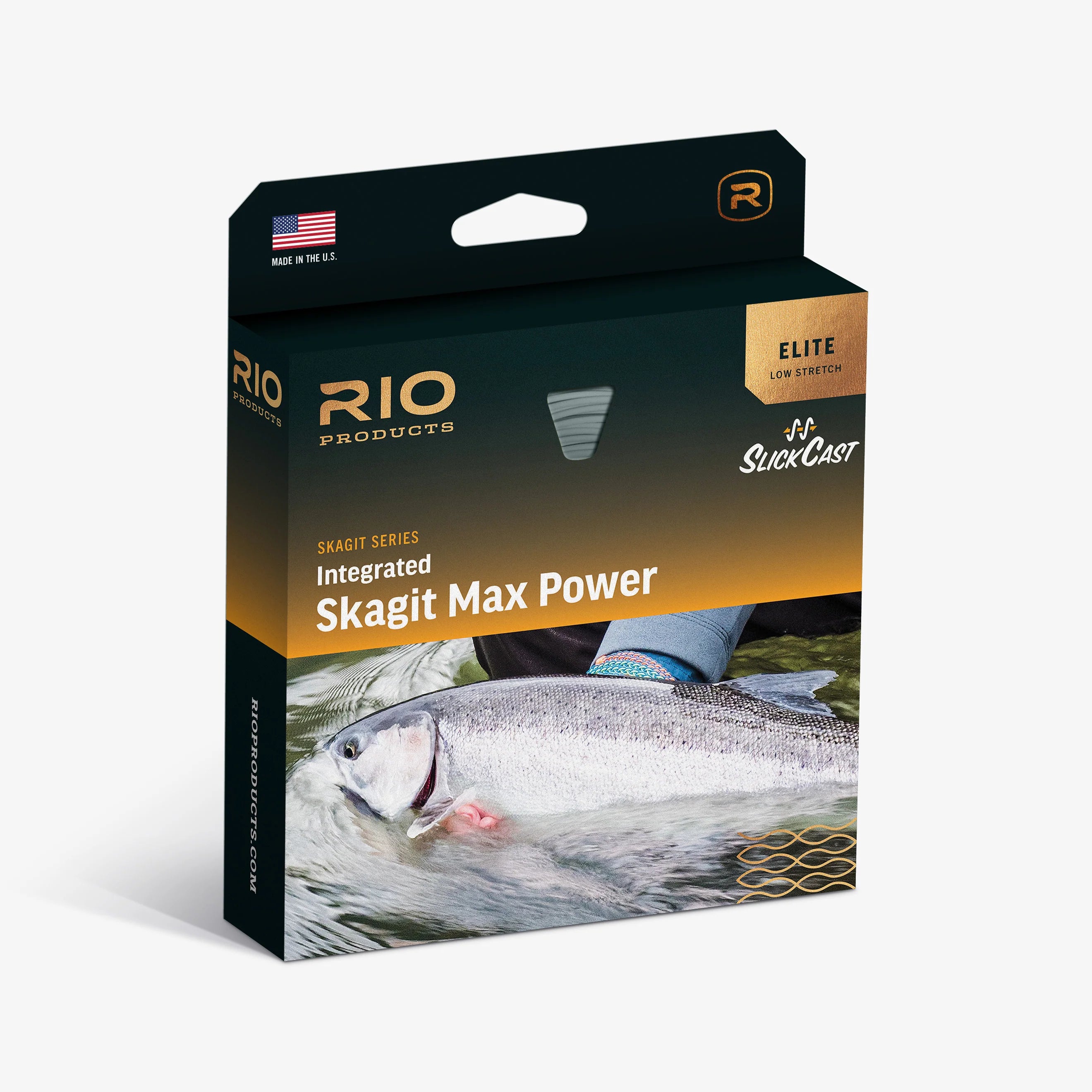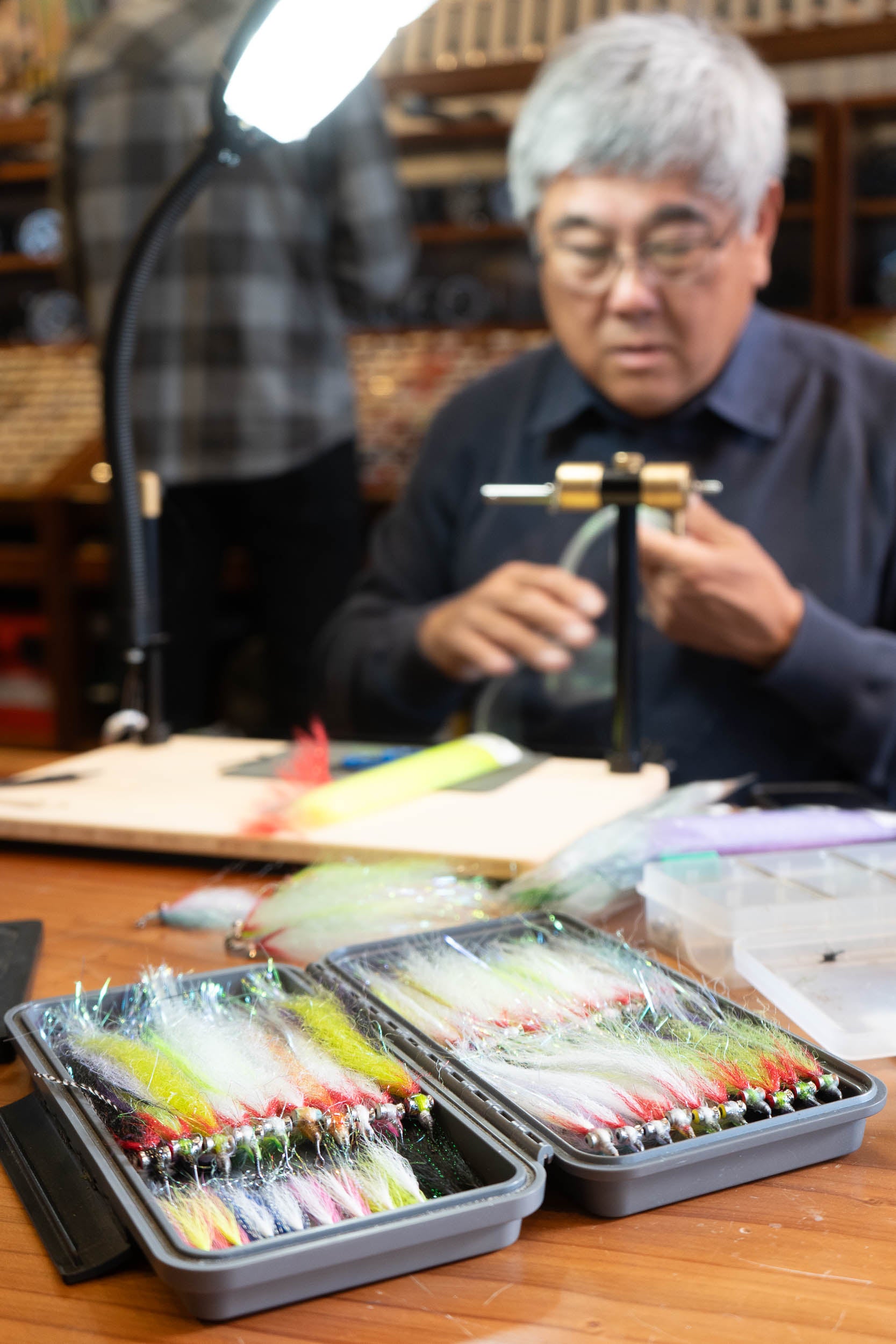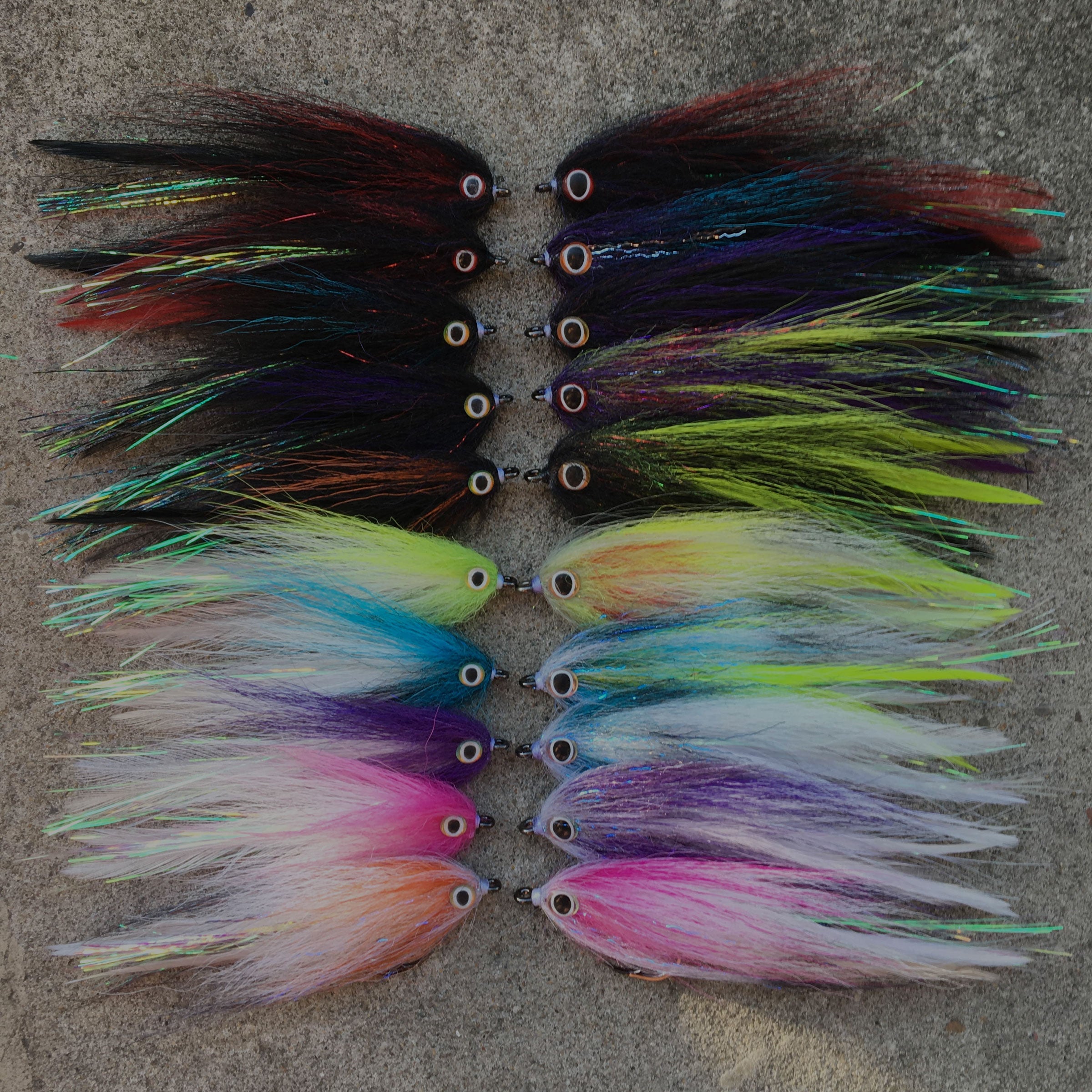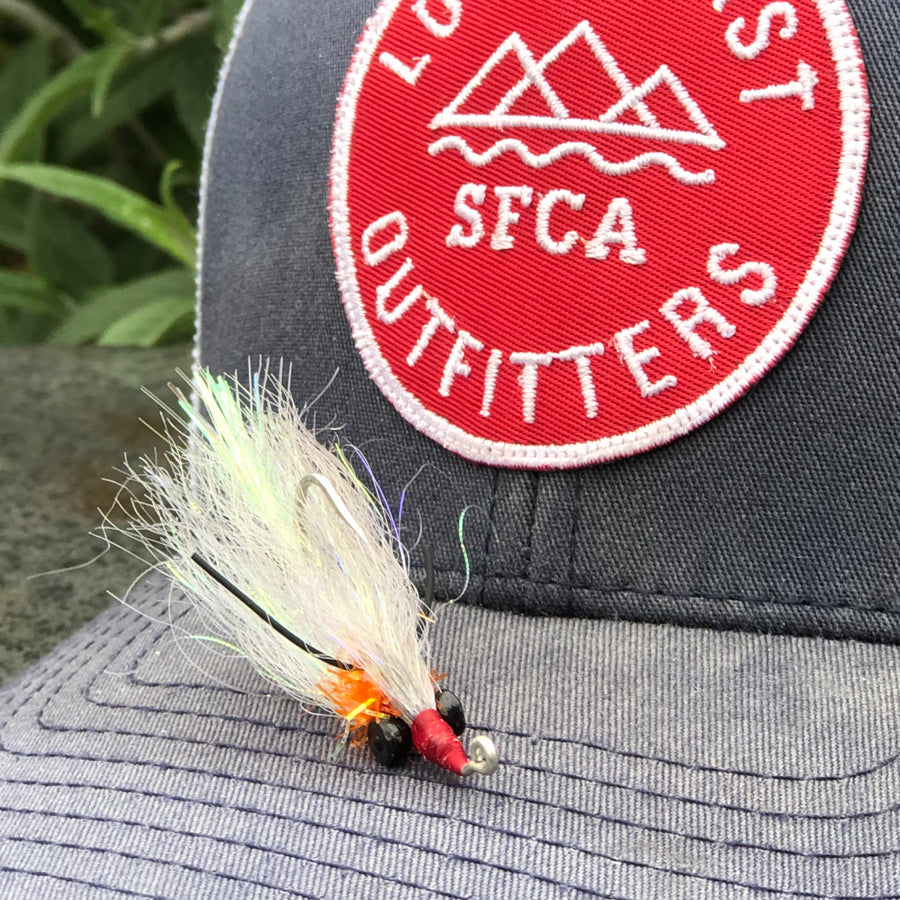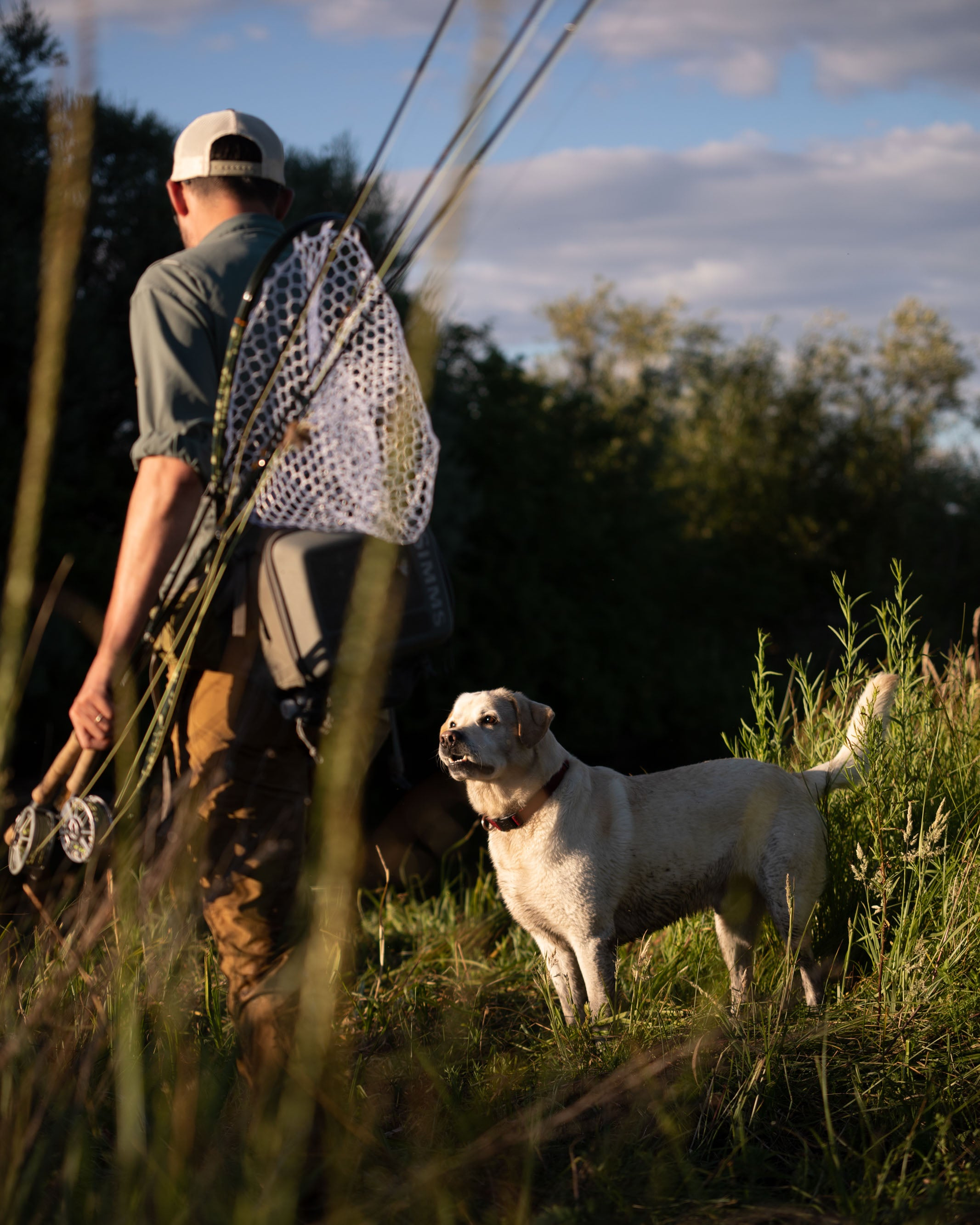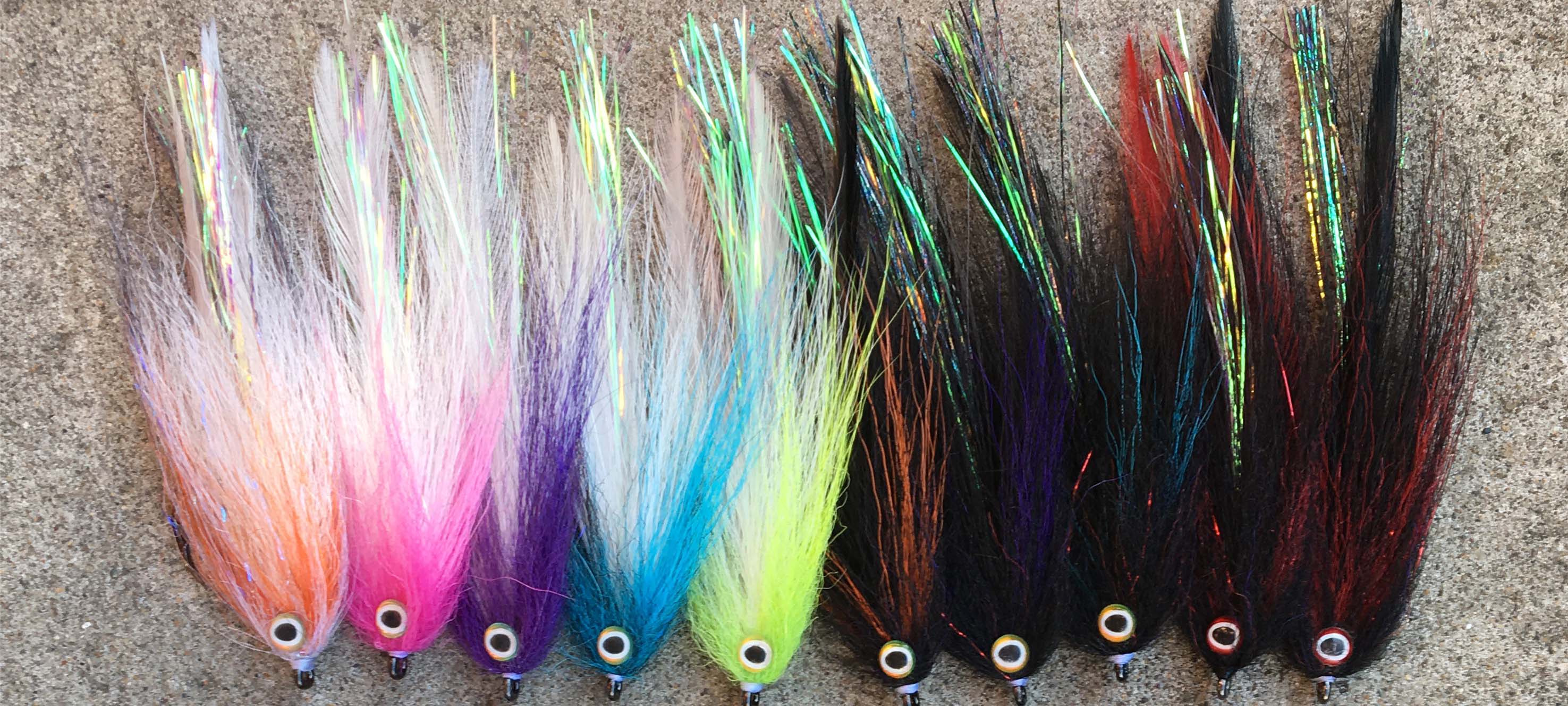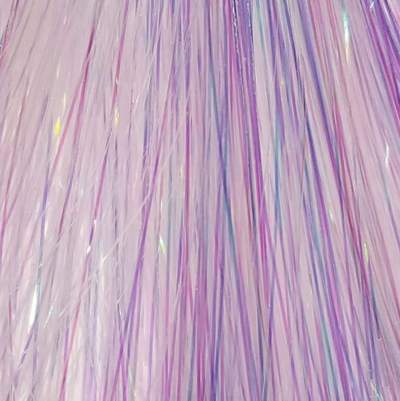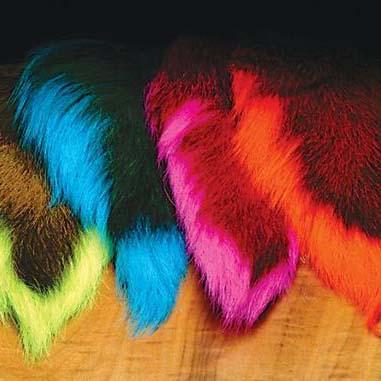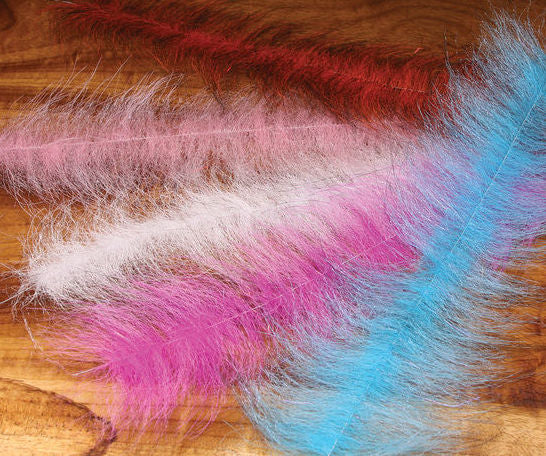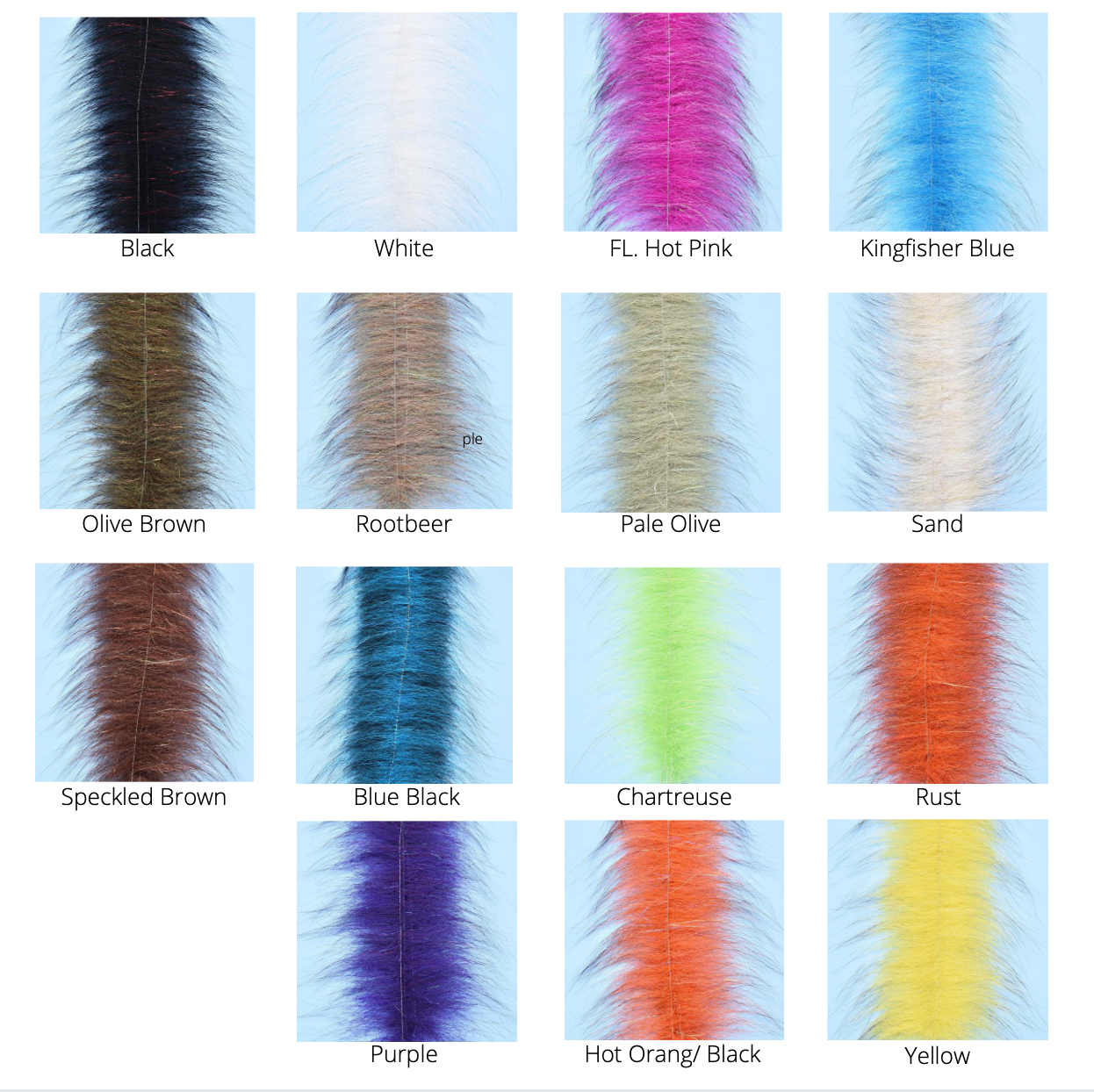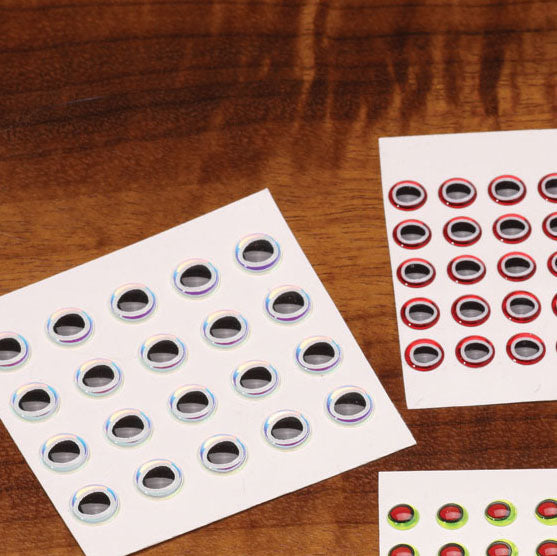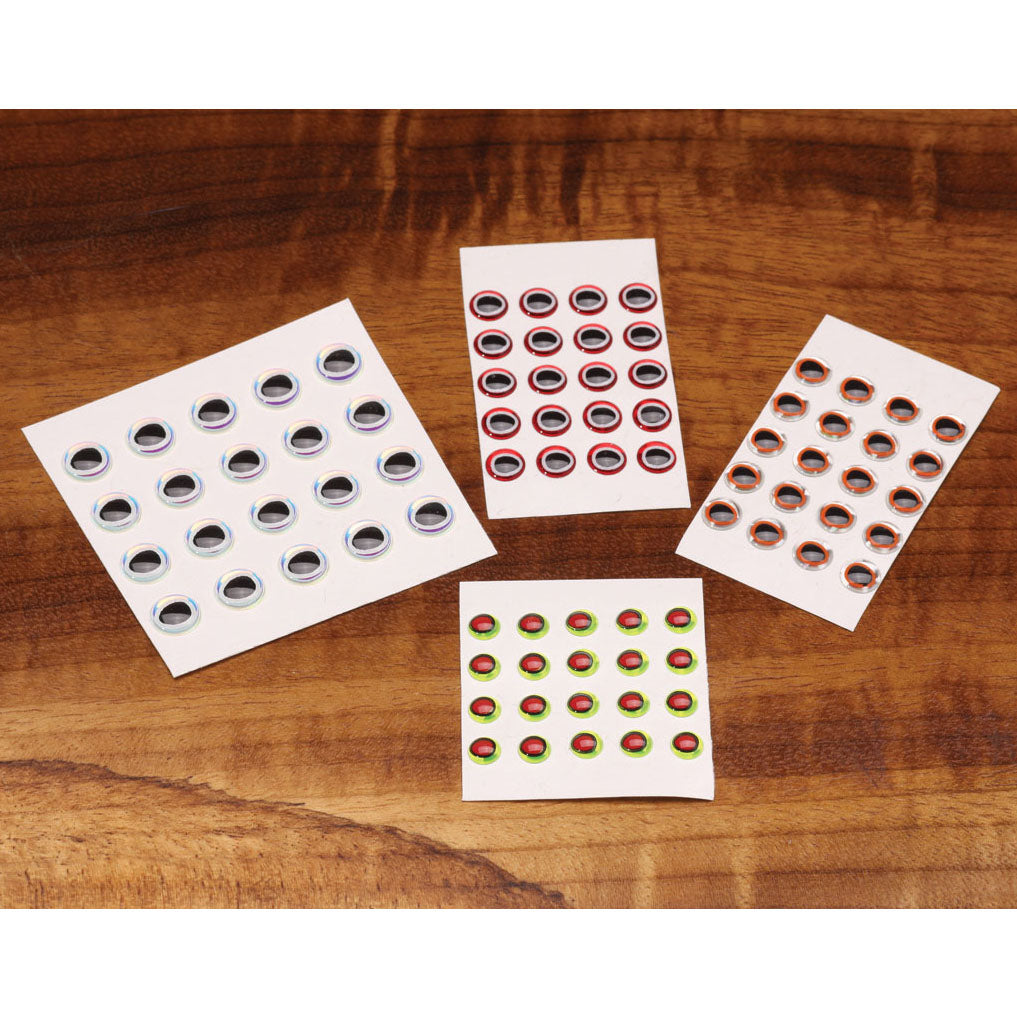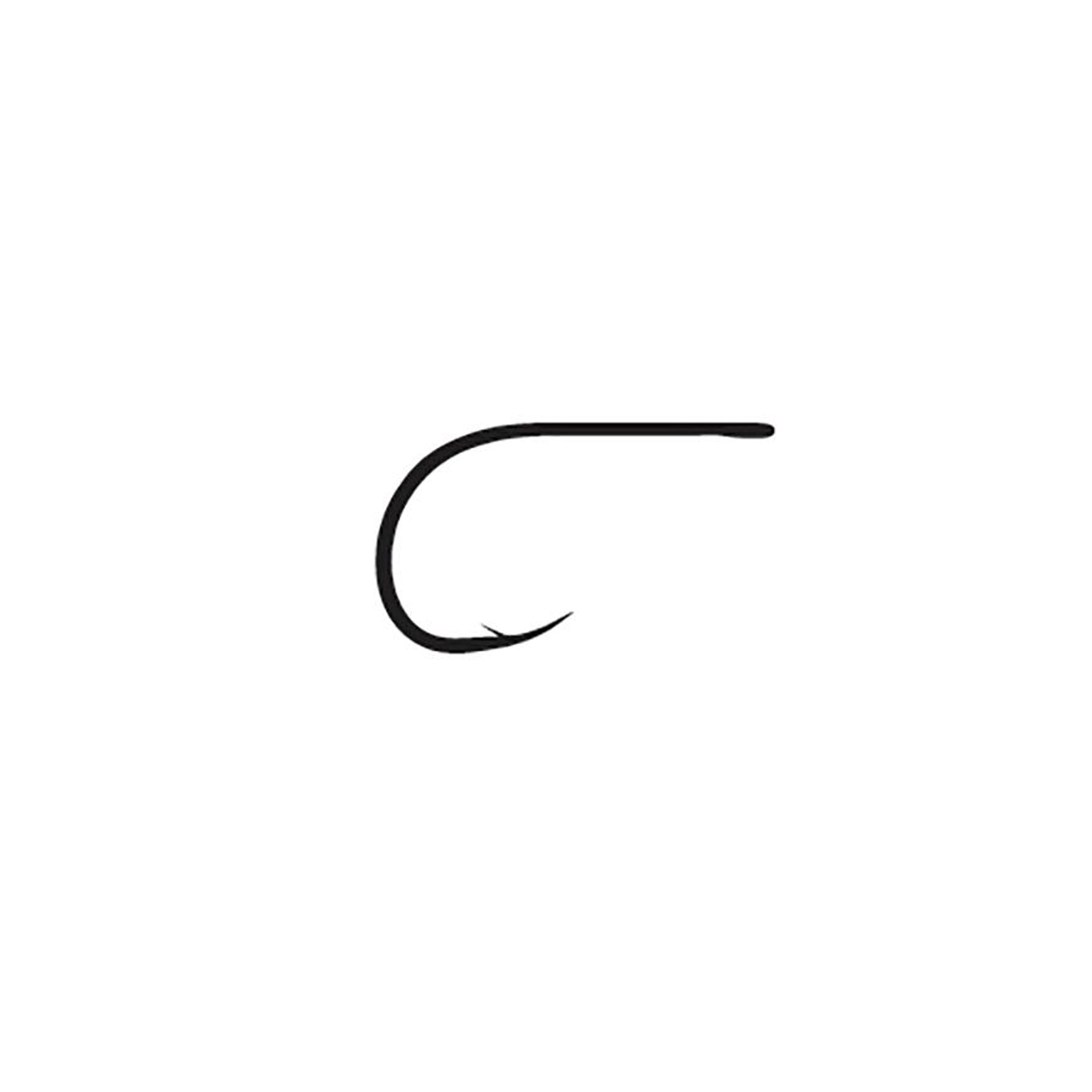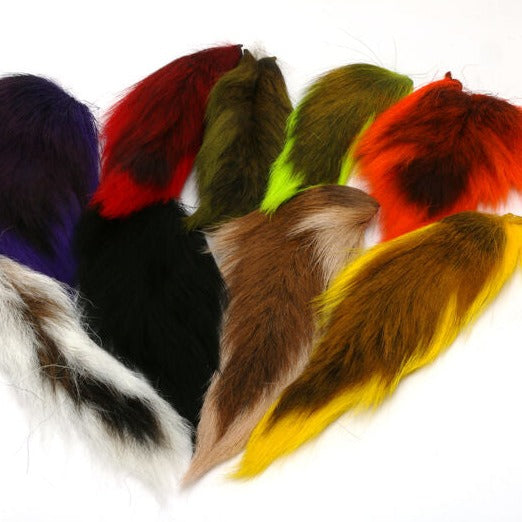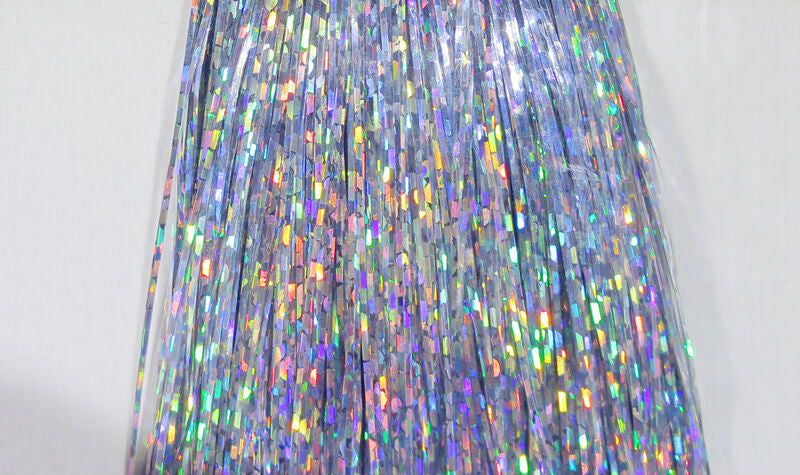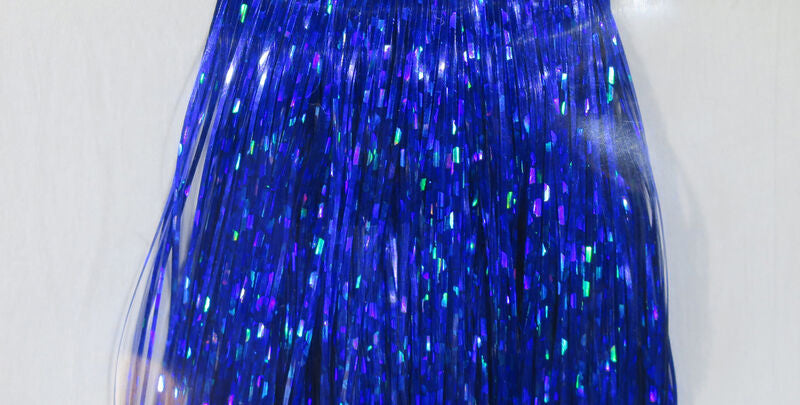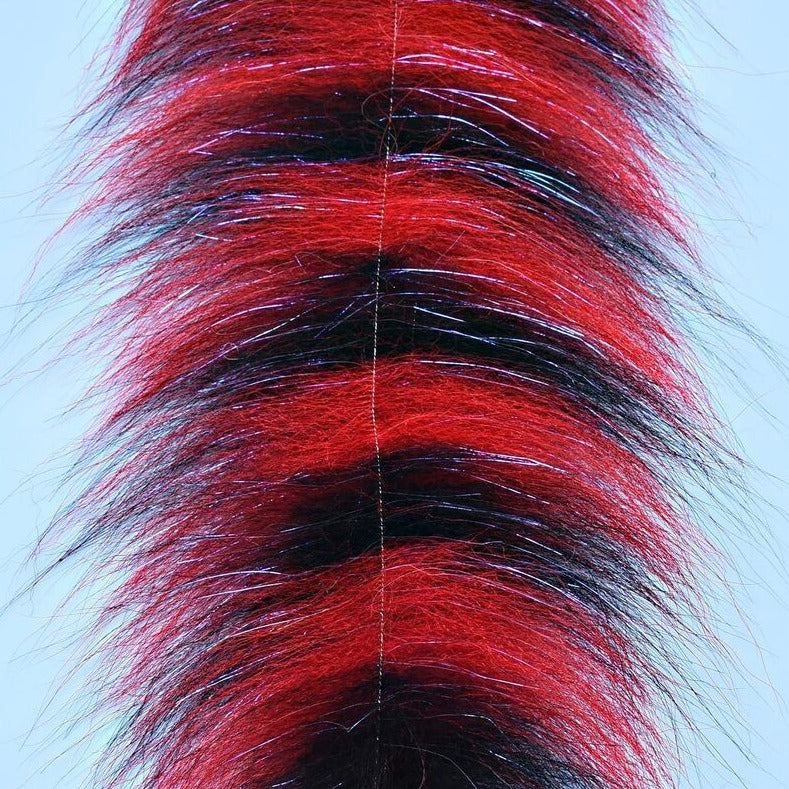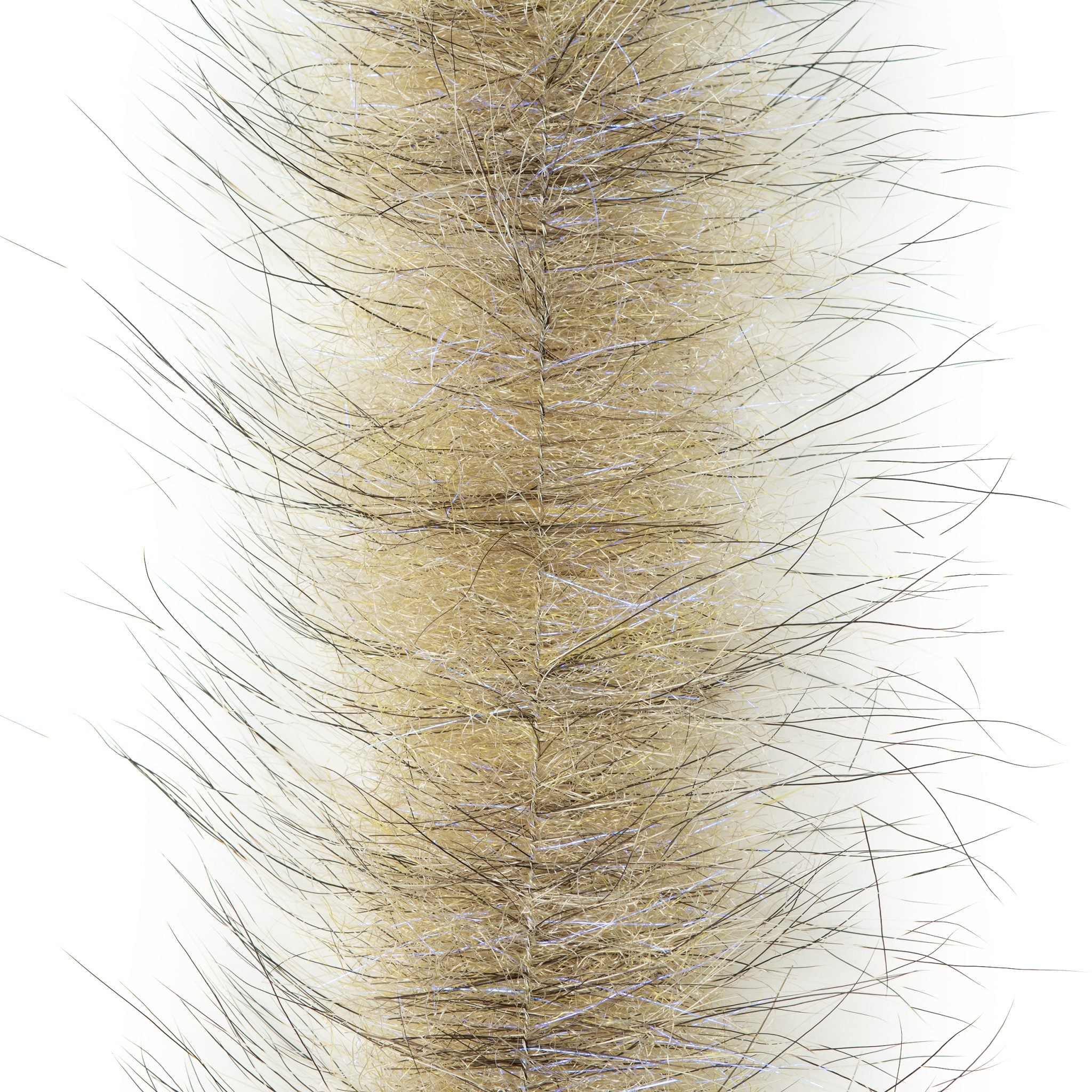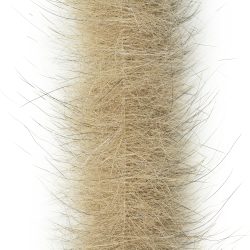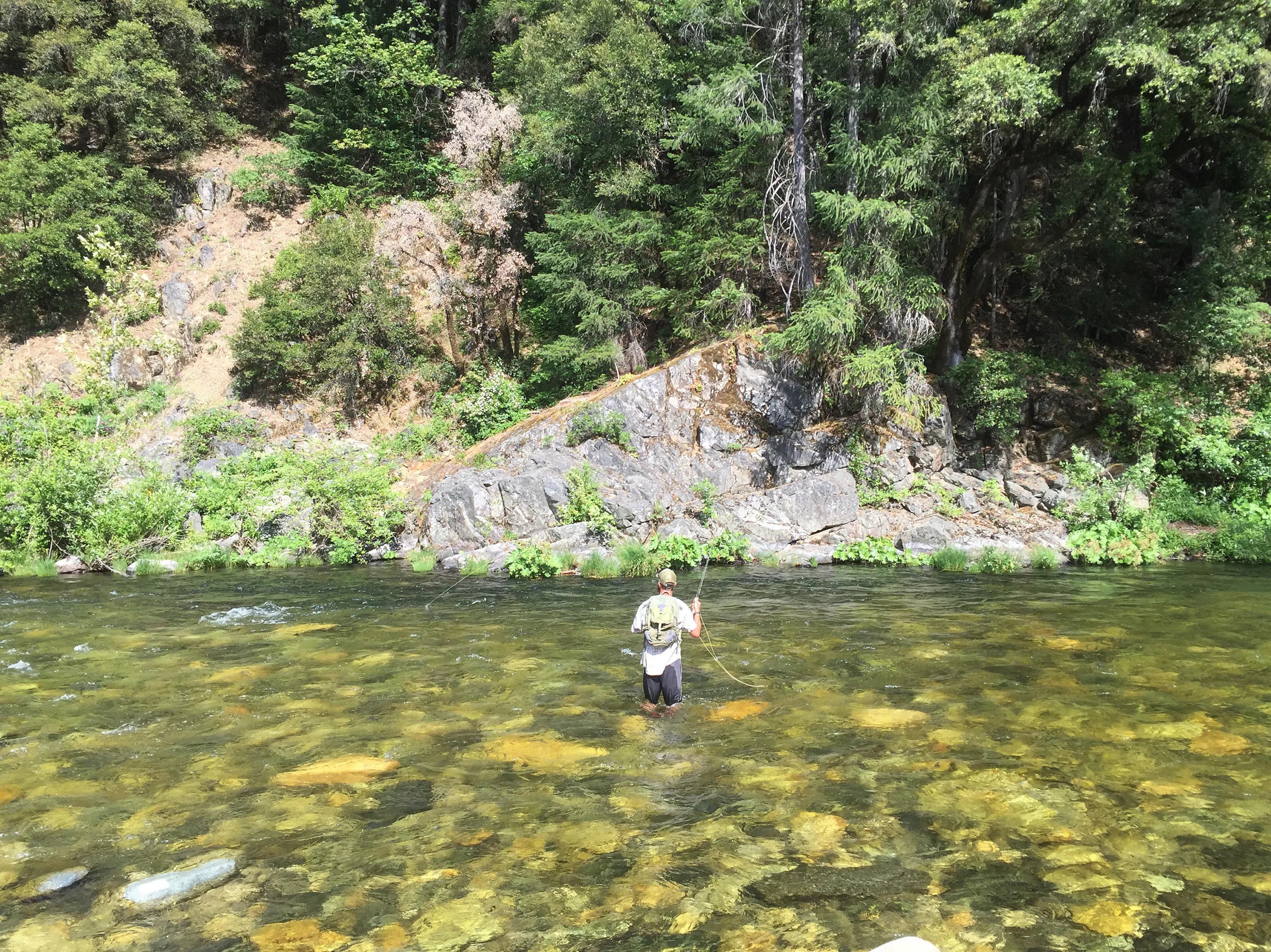At the Vise: Looks Better Wet
Lately, we’ve been experimenting with a few old-school techniques for creating full-bodied flies that still cast easily. One tier who’s had a big influence on us is the legendary Bob Popovics. His reverse-tied Hollow Flies are a true innovation—large-profile patterns built almost entirely of bucktail, light in hand but full of movement in the water. That idea became the foundation for the Looks Better Wet (LB-Dub) fly—a pattern Ben Engle designed to fill a big hole in his box.
Why This Fly Exists
In the surf, we typically fish two styles of flies. The first is the jig-style fly, more commonly known as the Clouser. Predatory fish key in on the drop after each strip—the moment that the heavy head dips, then darts upward again. If you’ve followed our shop for a while, you’ve definitely heard of the Adachi Clouser. If you don’t have a few in your box, you’re missing out. With three layers of epoxy built up during the tying process, it’s one of the most durable saltwater flies we’ve ever fished—bulletproof.
Because of that, we’ve never tried to reinvent the Clouser. You can’t improve perfection. So instead, we focused on building a pattern that lives in a different part of the water column—a fly that holds a big silhouette without the weight.
The Hook
We start with a Tiemco 600SP, a heavy-duty saltwater hook designed for tarpon and giant trevally. Overkill? Maybe—but it’s worth it. The 600SP resists rust better than most hooks, even after repeated use in the surf. Flies tied on it simply last longer. The extra mass of this hook also serves as a built-in keel, keeping the fly upright and tracking true through rough surf.
Flash & Movement
For flash, we prefer small opal Flashabou. It blends beautifully with any color scheme. We tie in a generous core of flash—a trick we borrowed from the Adachi Clouser. When trimmed about half an inch longer than the feather body, it behaves like a paddle tail, adding subtle movement on every pause. It might look odd at first, but trust me, it works.
Feathers & Body
The tail feathers are tied in Deceiver-style, splaying slightly outward and stopping just short of the flash. We learned a ton about feather alignment and proportion from Gunnar Brammer—if you haven’t watched his tying videos, you should. He breaks down how feather structure affects movement in a way that’s easy to apply.
The bulk of the fly is built from bucktail and is reverse-tied in 3–4 sections, depending on hook size. Bucktail is inexpensive, durable, and incredibly mobile in the water. Mastering the reverse-tie took me a while, but once we understood how to select the right hair (again, thanks to Gunnar’s videos), the technique clicked.
Finishing the Fly
For the head, we use the EP Foxy Brush (3.5" for smaller flies) and the 4.5" Invader Brush for 3/0–4/0 hooks. Wrapped forward and brushed out, it builds a wide profile and pushes plenty of water, allowing the rear of the fly to breathe and swim freely.
On the Water
The Looks Better Wet performs well in a range of conditions, but it shines in both the interior of the Bay and the open surf. In the Bay, its slower sink rate lets you fish longer through mid-depth water without dredging the bottom. In the surf, its unweighted design gives it a lifelike, erratic motion that perfectly mimics disoriented baitfish tossed around by the waves.
At the Vise: Looks Better Wet
Lately, we’ve been experimenting with a few old-school techniques for creating full-bodied flies that still cast easily. One tier who’s had a big influence on us is the legendary Bob Popovics. His reverse-tied Hollow Flies are a true innovation—large-profile patterns built almost entirely of bucktail, light in hand but full of movement in the water. That idea became the foundation for the Looks Better Wet (LB-Dub) fly—a pattern Ben Engle designed to fill a big hole in his box.
Why This Fly Exists
In the surf, we typically fish two styles of flies. The first is the jig-style fly, more commonly known as the Clouser. Predatory fish key in on the drop after each strip—the moment that the heavy head dips, then darts upward again. If you’ve followed our shop for a while, you’ve definitely heard of the Adachi Clouser. If you don’t have a few in your box, you’re missing out. With three layers of epoxy built up during the tying process, it’s one of the most durable saltwater flies we’ve ever fished—bulletproof.
Because of that, we’ve never tried to reinvent the Clouser. You can’t improve perfection. So instead, we focused on building a pattern that lives in a different part of the water column—a fly that holds a big silhouette without the weight.
The Hook
We start with a Tiemco 600SP, a heavy-duty saltwater hook designed for tarpon and giant trevally. Overkill? Maybe—but it’s worth it. The 600SP resists rust better than most hooks, even after repeated use in the surf. Flies tied on it simply last longer. The extra mass of this hook also serves as a built-in keel, keeping the fly upright and tracking true through rough surf.
Flash & Movement
For flash, we prefer small opal Flashabou. It blends beautifully with any color scheme. We tie in a generous core of flash—a trick we borrowed from the Adachi Clouser. When trimmed about half an inch longer than the feather body, it behaves like a paddle tail, adding subtle movement on every pause. It might look odd at first, but trust me, it works.
Feathers & Body
The tail feathers are tied in Deceiver-style, splaying slightly outward and stopping just short of the flash. We learned a ton about feather alignment and proportion from Gunnar Brammer—if you haven’t watched his tying videos, you should. He breaks down how feather structure affects movement in a way that’s easy to apply.
The bulk of the fly is built from bucktail and is reverse-tied in 3–4 sections, depending on hook size. Bucktail is inexpensive, durable, and incredibly mobile in the water. Mastering the reverse-tie took me a while, but once we understood how to select the right hair (again, thanks to Gunnar’s videos), the technique clicked.
Finishing the Fly
For the head, we use the EP Foxy Brush (3.5" for smaller flies) and the 4.5" Invader Brush for 3/0–4/0 hooks. Wrapped forward and brushed out, it builds a wide profile and pushes plenty of water, allowing the rear of the fly to breathe and swim freely.
On the Water
The Looks Better Wet performs well in a range of conditions, but it shines in both the interior of the Bay and the open surf. In the Bay, its slower sink rate lets you fish longer through mid-depth water without dredging the bottom. In the surf, its unweighted design gives it a lifelike, erratic motion that perfectly mimics disoriented baitfish tossed around by the waves.

Tying Striper Flies: The LBW
Material List
Hook: Tiemco 600SP (1/0–4/0)
Tail: Chinese Saddle Hackle
Flash: Flashabou (Opal)
Body: Bucktail
Head: EP Foxy Brush (3.5"–4.5")
Eyes: 3D Pupil Eyes

Tying Striper Flies: The Bucktail Receiver
